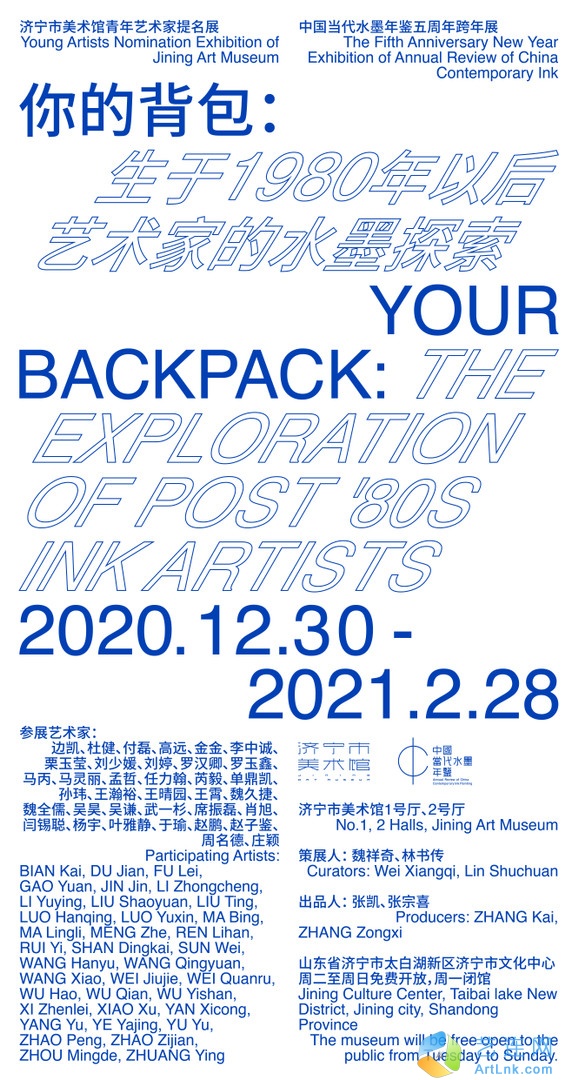
- 展览时间:
- 2020-12-30 - 2021-02-28
- 开幕时间:
- 2021-01-09 15:00:00
- 展览城市:
- 山东 - 济宁
- 展览机构:
- 济宁市美术馆
- 展览地址:
- 山东济宁市太白湖新区济宁市文化中心
- 策 展 人:
- 魏祥奇、林书传
- 主办单位:
- 济宁市美术馆
中国当代水墨年鉴组委会
- 展览备注:
- 出品人:张凯、张宗喜
参展艺术家:边凯、杜健、付磊、高远、金金、李中诚、栗玉莹、刘少媛、刘婷、罗汉卿、罗玉鑫、马丙、马灵丽、孟哲、任力翰、芮毅、单鼎凯、孙玮、王瀚裕、王晴园、王霄、魏久捷、魏全儒、吴昊、吴谦、武一杉、席振磊、肖旭、闫锡聪、杨宇、叶雅静、于瑜、赵鹏、赵子鉴、周名德、庄颖
展览地点:济宁市美术馆1号厅、2号厅
“你的背包”接续中国当代水墨年鉴五周年特展的命题“逐渐形成的闭环”,将目光放在80后出生的年轻艺术家身上。相较于激越的“现代水墨”“实验水墨”运动,年轻一代的水墨画家更多接受的是“新工笔”和“新水墨”思潮的启发。显而易见,他们的创作远离现实主义的社会学介入,也缺乏对自身内在精神层面的真切感受的梳理。他们的创作意识建构在延展既有的图式和图像意指系统之上,但这也使之很容易陷入风格化、符号化的困境。“背包”只是一个比喻,里面放着我们创作中可有可无的“必需品”,传统、笔墨、东方精神、个人语言、当代性、时代性、全球化、学院、导师......或爬山,或涉水,是负重前行,还是轻装上阵?这是年轻人的选择,也是中国当代水墨年鉴提出的又一个问题。
济宁市美术馆自2019年开馆以来,陆续主办并策划了多个大型学术性、主题性展览项目,其品牌项目“青年艺术家提名展”更是为我们提供了观看及思考现阶段社会生活的不同视角。此次中国当代水墨年鉴五周年跨年展走进济宁,“你的背包”将为青年问题的探讨提供新的答案。
请与我们一起,背上行囊,重新出发。
前言Ⅰ
转向图像意识
这个展览虽是以呈现出生于1980年以后青年艺术家群体的水墨探索为题,但现在看来关于水墨问题的思考并非是他们艺术创作的核心,甚至可以说,“水墨”在这里是完全缺失的。艺术家们更关注其绘画的内容和形式,更关注图像的隐喻性和象征性,从某种意义上来说,对他们而言,水墨并不是一个问题。当然,我们在展览策划之初首先就明确艺术家遴选的重要标准之一就是,艺术家的创作首先是使用水墨的材质,就是说任何一位观众在看到一件作品的时候都不会有“这是不是水墨作品”的疑问。那么,在这里,水墨就没有被作为此次展览要研究的关键问题,而只是作为区分作品类型的边界存在的。
要知道,1990年代末关于殖民主义、后殖民主义理论的讨论,使水墨艺术理论和批评的建构,从来没有逃离国家和民族文化身份的宏大论题的裹挟;再向前追,1980年代现代美术思潮时期,水墨画的概念试图逐渐替换掉中国画的概念时,所遭遇的来自内外的双向力量的形塑。概而论之,水墨作为一个问题,被推崇备至抑或被质疑,从1980年代现代水墨的论题生成之时就从来没有停止过。1990年代实验水墨的理论积淀和实践经验,孕育了新世纪回顾水墨论题时,可以将之置入到一个更为国际化的艺术史语境中进行新的考量。
同时,我们一致在否定继续讨论水墨问题的可能性,因为这样会使自身的理论思考和艺术实践陷入到一个狭窄的道路上去,而必须超越水墨,去讨论水墨背后所蕴含的文化性的、精神性的维度的问题。但不得不承认的是,新世纪以降的当代水墨艺术实践和理论体系依然是根植在今天世界艺术发展史的景观之中,仍然与我们所能设想的思想价值的高度和强度相距甚远。但伴随着新时代政治、经济和文化自信的新的历史语境,当代水墨艺术创作展现出了意欲唤醒至上的中国传统文化精神的活力。不难觉察,关注水墨艺术理论发展者,基本上都是亲历了近四十年来水墨艺术发展的实践者:只有从未停止自己思考脚步的艺术家才能留在这个历史的舞台上。
我们也很容易发现,此次展览中的青年艺术家群体的创作,与亲历了四十年来水墨艺术发展的实践者之间的差异巨大,他们较多接受的是近十余年来新工笔和新水墨艺术的直接影响,他们的创作在图像上与之有着清晰的延续性关系。这意味着水墨在他们的创作中大多仅仅是作为一种材料而存在,其材质的特殊性与油彩、版画和雕塑在语言性上有着平行的逻辑关系。换而言之,在他们的创作意识中,水墨并不是一个问题,或者说至少现在还不是一个问题,只有画面的问题、造型的问题,只有表现力的问题——这也是任何一位艺术家在艺术生涯中都必然要面对的问题。在这个相对集中的专题性的展览中,我们不会意识到前辈艺术家的焦虑,也很难意识到如果将这些作品放置于世界艺术创作和展览的前线时会遇到的问题。只有通过他者才能更准确地认识自我。此时,我们的创作被称之为中国的绘画还是艺术,确实是一个耐人寻味的问题。需要时刻提醒自己的是:艺术创作的核心问题还是人的问题。
期待我们共同开启新的旅程!
魏祥奇
Preface I
Switching Towards Image Awareness
Although the exhibition title refers to the ink exploration by a group of young artists born after 1980, their art creation seems not revolve around the thinking about the question of ink as a medium, which is even completely ignored here. The artists are more concerned with the content and form of their paintings, and the metaphorical and symbolic nature of the images. In a sense, ink as a media is not a concern for them at all. We certainly made a clear statement at the beginning of the curation that one of the important criteria for the artist selection is that the works must first and foremost created with the medium of ink, so that the audience confronting the painting won’t doubt whether “it’s an ink work or not”. Therefore, the medium of ink is not considered as a key topic to study for this exhibition, but only as a boundary to distinguish between types of works.
The theoretic and critical construction of ink art in the discussion of colonialism and post-colonialism at the end of the 1990s, has never escaped from the grand thesis of national and ethnic cultural identity. Furthermore, when the concept of ink painting tried to gradually replace that of Chinese painting during the development of modern art thought in the 1980s, it has been shaped by bi-directory forces from inside and outside of its system. Briefly speaking, the praise and query about ink painting as a topic has never been ceased since the concept of modern ink was formed in the 1980s. It is followed by the theoretical and practical experience of experimental ink giving birth to a new consideration in the 1990s, of placing ink art in a more international art historical context when reviewing the past in the new century.
At the same time, we are unanimously denying the possibility of constant discussions on ink art. Otherwise, our own theoretical thinking and artistic practice would be led to a narrow alley. We must go beyond ink as a medium and discuss the underlying cultural and spiritual dimensions. However, it must be admitted that the practice and theoretical system of contemporary ink since the beginning of the new century has been rooted in the landscape of contemporary world art history, and it is still a far cry from the level of the ideological values in our vision. However, in the new historical context of political, economic and cultural confidence in the new era, contemporary ink creation has released a vigor, aiming to awaken the supreme traditional Chinese cultural spirit. It’s not hard to perceive that those who are concerned with the theoretical development of ink art are basically practitioners who have experienced the development of ink art in the past forty years, for only artists who have never stopped thinking can stay on the stage of history.
It is also easy to observe a huge difference between the creations by the group of young artists in this exhibition and the works by the practitioners who have experienced the development of ink art in the past forty years. The former have been more often directly influenced by the new fine brushwork and new ink art in the past decade or so, and their creations have kept a clear continuity in terms of images. It means that ink mostly exists as a medium in their creations, and the specificity of this media has a parallel logical relationship with oil painting, printmaking and sculpture in terms of language. In other words, in their creative consciousness, the media of ink is not a problem, or at least not yet. Their only concern is about images, modeling and expressiveness. It’s a question that any artists are bound to face in their career. Only learning from others can one have a more accurate self-knowledge. At this point, whether their creations are called Chinese painting or just art is indeed an intriguing question. What we need to remind ourselves of all the time is that the core issue of art creation is about people.
We look forward to starting a new journey together!
Wei Xiangqi
前言Ⅱ
我们终究会成为谁?
中国当代水墨持续了五年的展览实践,11月份在南京艺术学院美术馆开幕的特展中,在当下水墨创作的成熟样本下提炼了“档案”与“闭环”两个概念。“档案”是中国水墨年鉴的初衷,通过展览与出版的方式为创作提供有价值的文献,类于“档案”中的归档作用。与此同时,面对隐藏在当代水墨繁荣下困境,提出“闭环”的概念来质疑“档案”的有效性。两个概念的左右互搏也正好对应了当代水墨创作系统的种种矛盾,因为水墨概念的含糊不清,在自我建构,自圆其说的不同语境与标准下逐渐失去了批评对象。在这样一种市场繁荣却批评失语的环境下,我们进而提出了“背包”的概念,这是一个面对水墨创作的青年问题,“青年”不是一个年龄概念,也不是一个用于区别“成熟”与“逐渐成熟”的成长问题。我认为这里所谈的“背包”应该是一个更为具体,把它背放在一代又一代青年人的肩上,是一种有关背负与舍弃的选择,它有关于青年创作,同样表达了一种“青年”野心。
如果水墨的创作是一项登山的运动,连绵起伏的群山如同连接着历史与未来的重要创作,这是美术史的书写方式。而一代又一代的青年创作者在面对群山,从不同的山脚开始攀爬会面临两种不同的选择,选择眼前的山,还是选择看不见的山。眼前的山一定是前人走过的山,它可能有台阶,甚至有索道,半山腰也许还有歇脚的小酒馆,这应该是一处景点,而满山的美景都被他们反复咏叹过。登这样的山,我们的背包里面,放上前人绘制的地图,带上少许的零食,再放进去一个相机,我们成为了游客的一员,只是选择在哪里停留,在哪里拍照,选择看日出还是日落而已。另一种山是看不见的山,为何不见,跟个人的视野有关,也跟个人所处的环境有关,对于登山者而言,面对陌生的对象,我们选择去看看,还是选择绕道而行。这种看不见的山不是一处景点,它对个人充满着未知,它没有既定的路线,没有上山的台阶,我们甚至不知道自己身处于何处。那么我们的背包里面应该放些什么,一定不会是他山的地图,而应该放着对未知的敬畏,对可能美景的期盼,以及一种探索和征服的野心。
此次有关于当代水墨青年创作的探讨即将在济宁市美术馆展开,济宁隶属山东界,在《孟子尽心上》中有一句话“孔子登东山而小鲁,登泰山而小天下”。登高望远,此句话在当时的语境下谈的是个人的视野问题,我们是愿意站在巨人的肩膀上,还是选择站在自己的肩膀上?我认为从艺术创作的角度而言,站在自己的肩膀上反而更加有魅力,因为它几乎没有可能性,这就是东山而非泰山的美。时至今日,我们在谈及中国画或是水墨的创作,一直无法抛弃对固有景观的传承与再修辞,我们更多选择背负着一种文脉与历史的重量,背负着学院的重量,甚至背负着老师与市场的重量。重压之下,我们步履蹒跚的成为了一个又一个的游客。你的背包作为一种青年问题,我们应该选择有必要的舍弃而轻装上阵。
登东山,吾愿与君携手共行。
林书传
Preface II
Who Will We Become After All?
After five years of experience, the Annual Review of China Contemporary Ink Painting has launched a special exhibition at the Art Museum of Nanjing University of the Arts. It refined the concepts of "archive" and "closed loop" with mature samples of the latest ink creation. To build an "archive" is the original purpose of the annual review, to provide valuable documents for creation by organizing exhibitions and publications, which is like filing to create "archives". At the same time, the concept of "closed loop" is proposed to question the validity of "archive" in the face of the dilemma hidden in the booming reality of contemporary ink. The comparison and conflict of the two concepts correspond to various contradictions in the system of contemporary ink creation, as the concept of ink is ambiguous and we gradually lose the target of criticism within different contexts and standards of self-construction and justification. In such an environment where the market is booming but criticism has lost its voice, we proposed the concept of "backpack", to raise a question for the young artists engaged in ink creation. “Youth” is not a concept about age, nor is it used to distinguish between "mature" and "about to be mature” of the artists. I think the "backpack" here should be a more specific one placed on the shoulders of generations of young people. It’s about a choice of carrying on or giving up, about the youth creation, and it also expresses a kind of “youth” ambition.
If we compare the creation of ink art as mountain climbing, the rolling mountains are like important creations connecting history and the future, which is also how the art history is written. Generations of young creators will face two different choices at the foot of mountains when starting climbing, whether to choose the physical mountain in front of their eyes or an invisible mountain in the mind. The physical mountain has been visited by predecessors. It may have steps and even a ropeway, and a tavern for climbers to rest halfway up the mountain. It should be one of the beautiful places repetitively praised by people. When climbing such a mountain, we can put the map into our backpack, bring a little snack and a camera, and become a member of the tourists. We can simply choose where to stop, where to take pictures, and whether to watch the sunrise or sunset. The other kind of mountain is invisible, which is determined by the personal vision and the environment. It’s a choice for climbers whether to choose to visit the unfamiliar objects or make a detour. This invisible mountain is not a place of interest. It’s full of unknown to individuals, without established routes or steps up the mountain. We don’t even know where we are. So what should we put inside our backpack? It must not be a map of other mountains, but only the awe to the unknown, an expectation of possible beauty, and an ambition to explore and conquer.
The discussion on the youth creation of contemporary ink will be held at the Jining Art Museum, which is located in Shandong Province. A saying in Mencius’ Discussion on Devotion goes: “Confucius felt that the Lu Kingdom was smaller when he was on the top of the East Mountain, and he felt the world became smaller when he stood on the top of the Mount Tai.” In the context of the time, this phrase was about personal vision at the vantage point. Do we prefer standing on the shoulders of giants or that of ourselves? I think from the perspective of art creation, standing on one's own shoulders is more attractive as it is barely possible, which associates to the beauty of the East Mountain rather than the Mount Tai. To this day, when we talk about Chinese painting or ink creation, we have been unable to abandon the inheritance and re-rhetoric of the inherited landscape. In most scenarios, we choose to carry a weight from culture and history, the academy, and even our teachers and the market. Under the pressure, we have become hobbling tourists one after another. Your backpack is an emblem of a kind of youth problem, which requests us to properly discard burdens for a lighter journey.
To climb the East Mountain, I would like to join hands with you.
Lin Shuchuan
-

展览海报
-
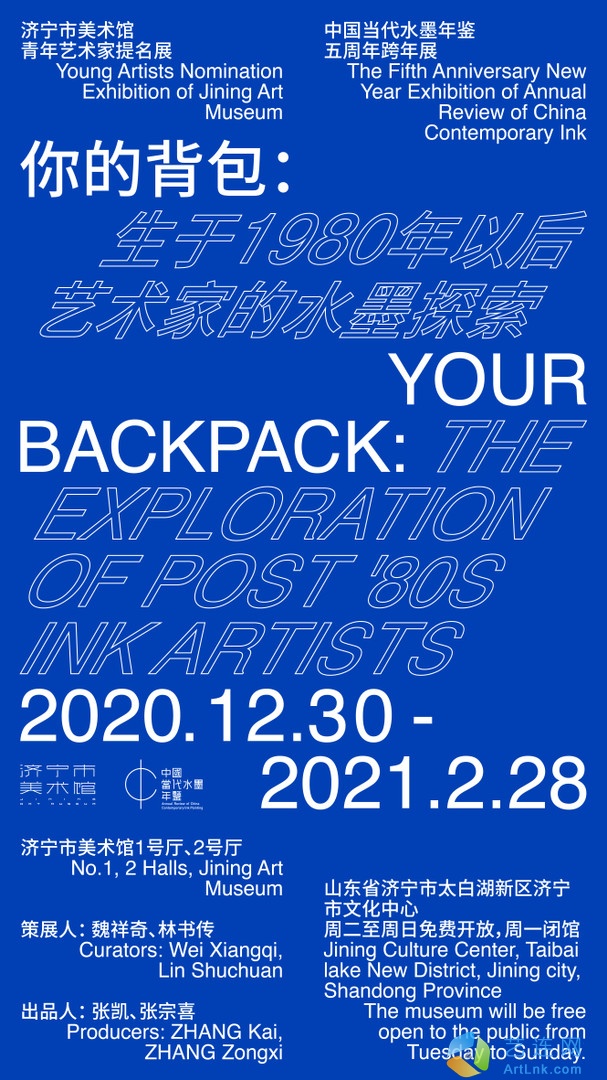
展览海报
-
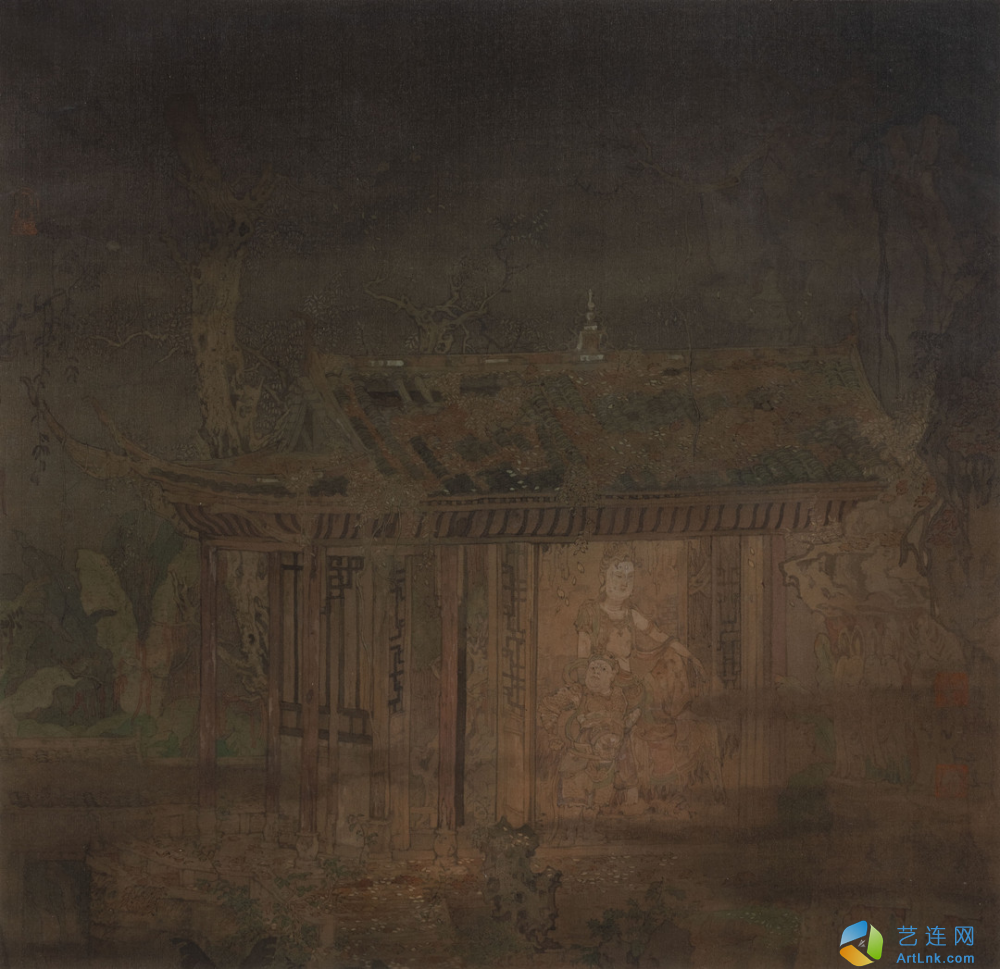
《南山》 边凯 46×47cm 2016年 绢本设色
-
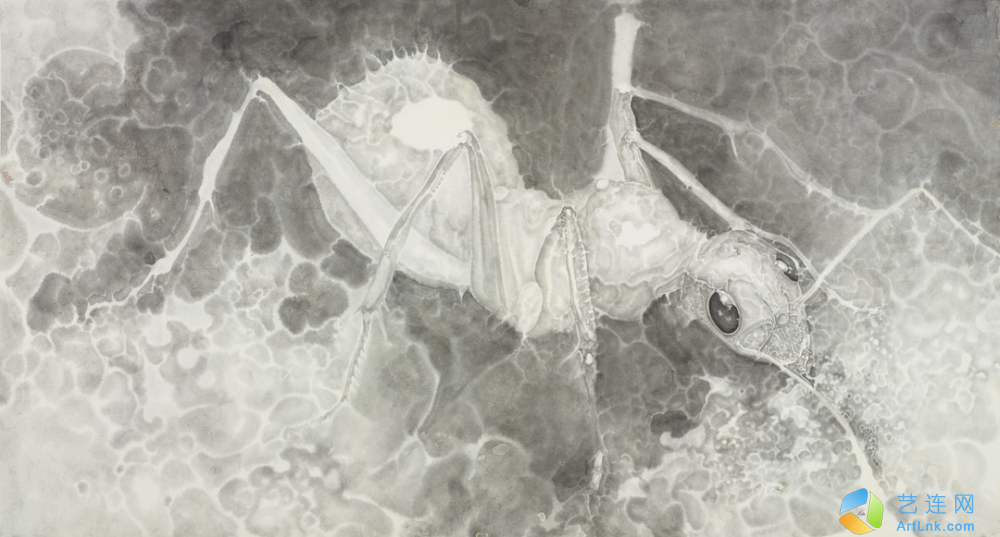
《时间旅行》 单鼎凯 97×180cm 2020年 纸本水墨
-

《夜梦》 杜健 45×190cm 2019年 绢本水墨
-
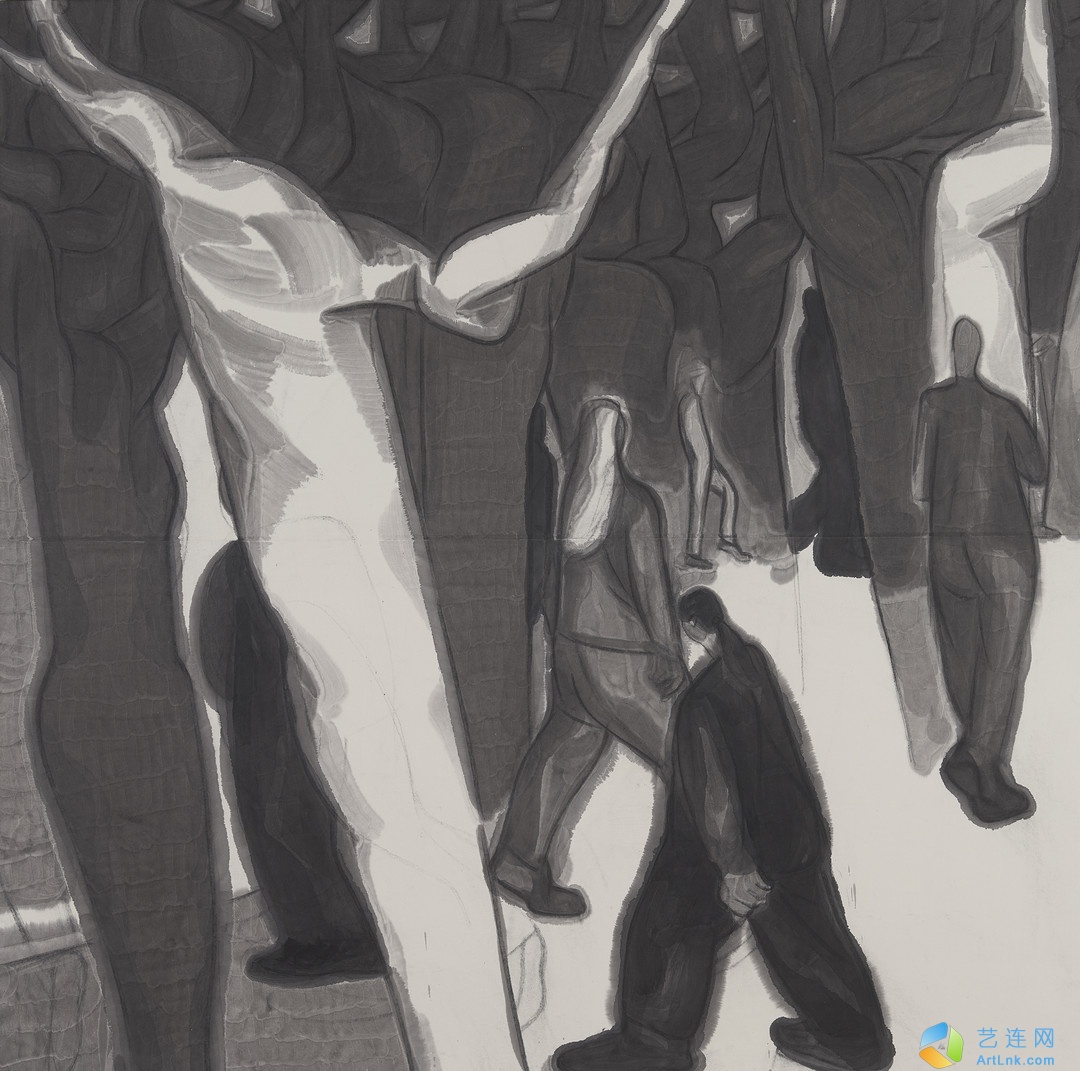
《浮光系列之一》 付磊 138×138cm 2020年 纸本水墨
-
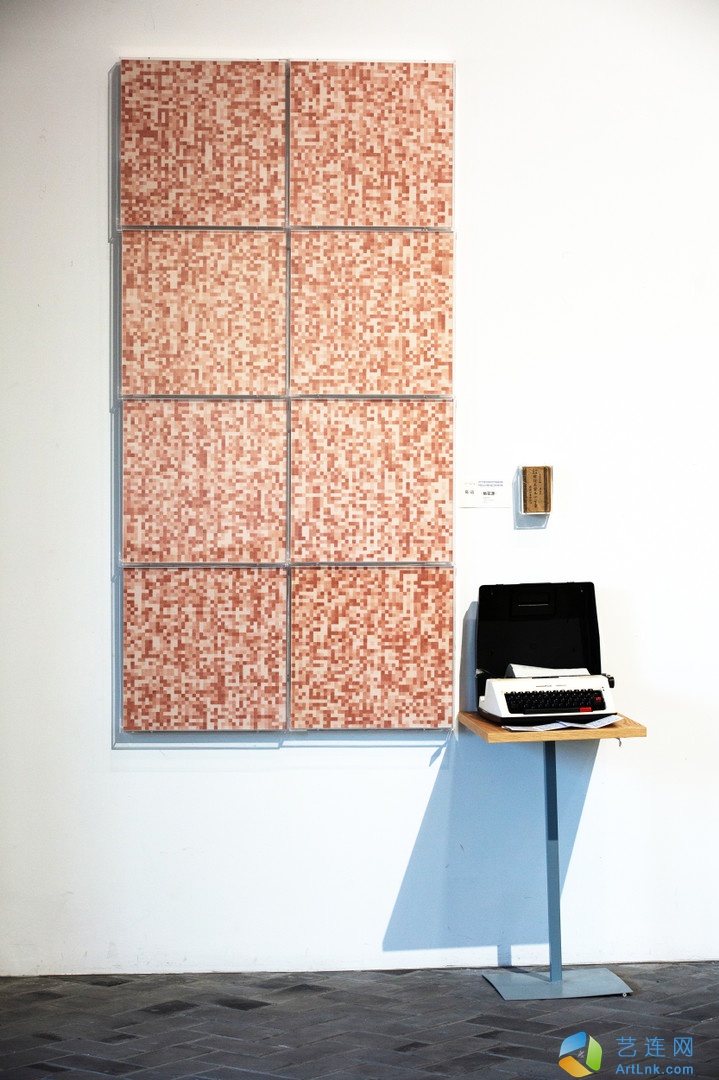
《桃花源》 高远 尺寸可变 2019年 装置
-
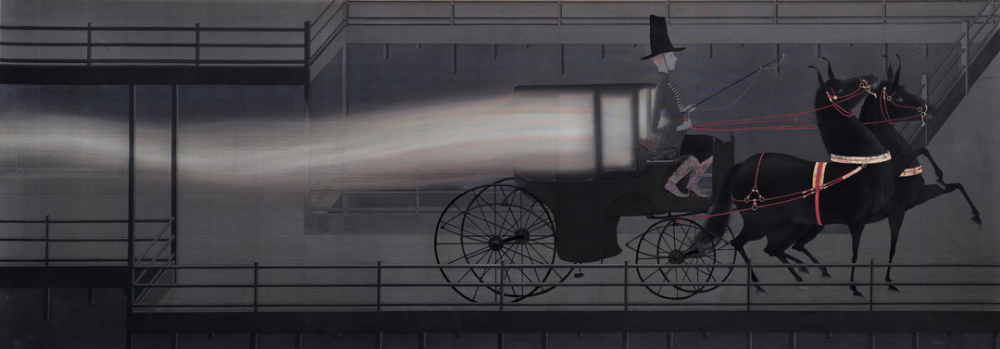
《被进化和循环笼罩的诗意No.07-1》 金金 55×155cm 2019年 绢本水墨设色
-
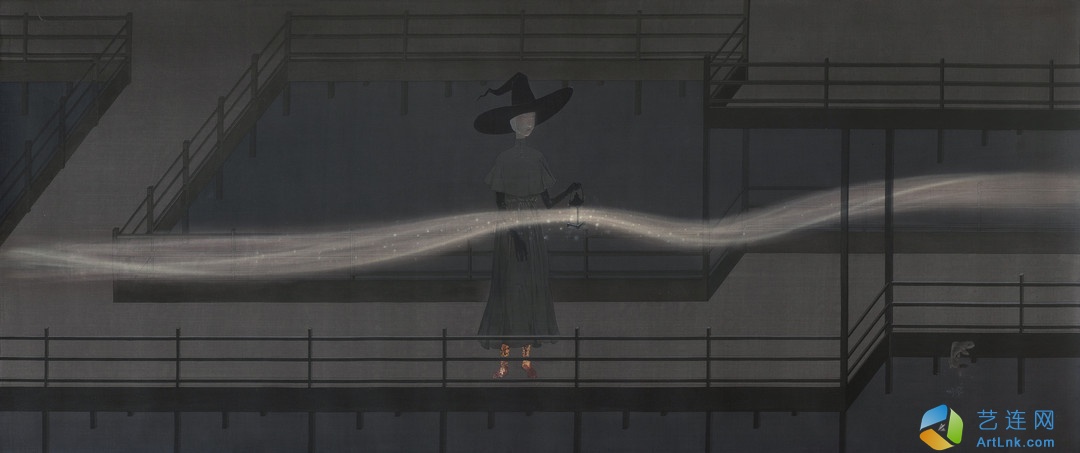
《被进化和循环笼罩的诗意No.07-2》 金金 61×150cm 2019年 绢本水墨设色
-
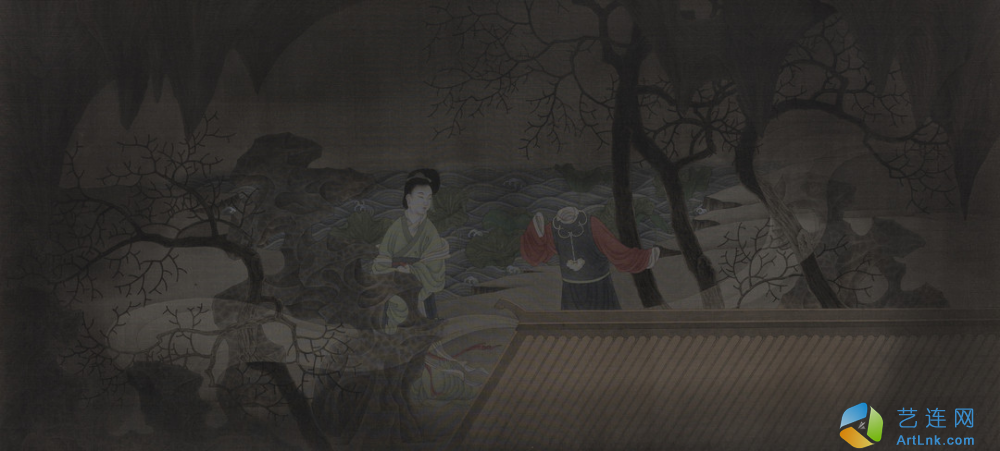
《红楼一梦No.1》 李中诚 50×115cm 2020年 绢本水墨设色
-
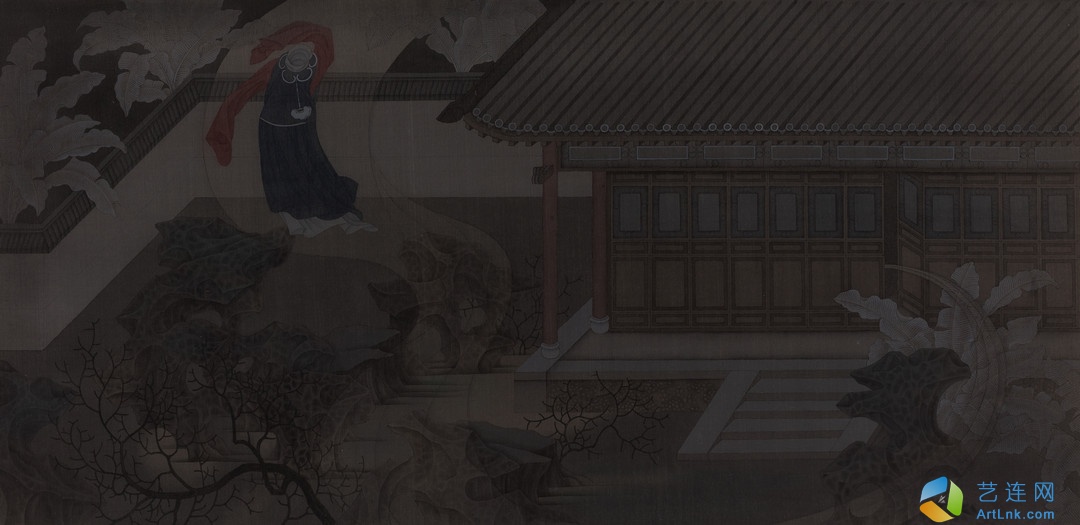
《红楼一梦No.2》 李中诚 50×115cm 2020年 绢本水墨设色
-
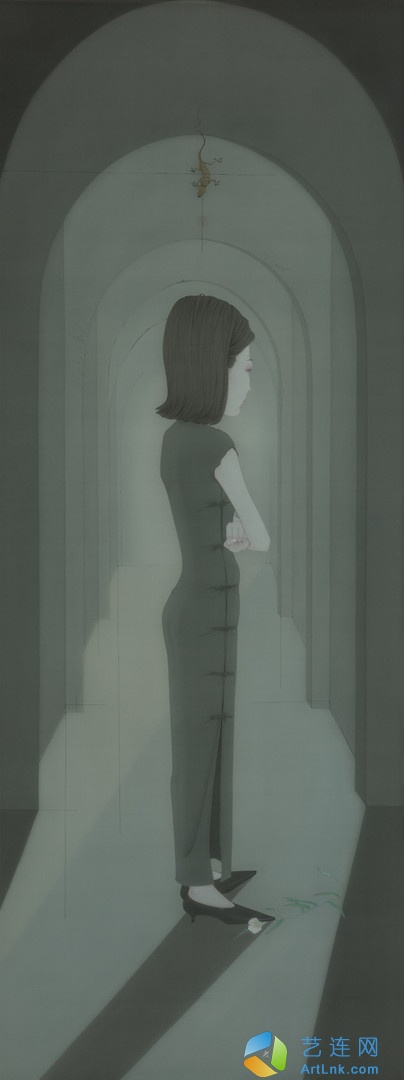
《间》 栗玉莹 150×60cm 2019年 绢本水墨设色
-

《山中有猛兽》 刘少媛 25cm×236cm,25cm×72cm 2020年 绢本水墨设色
-
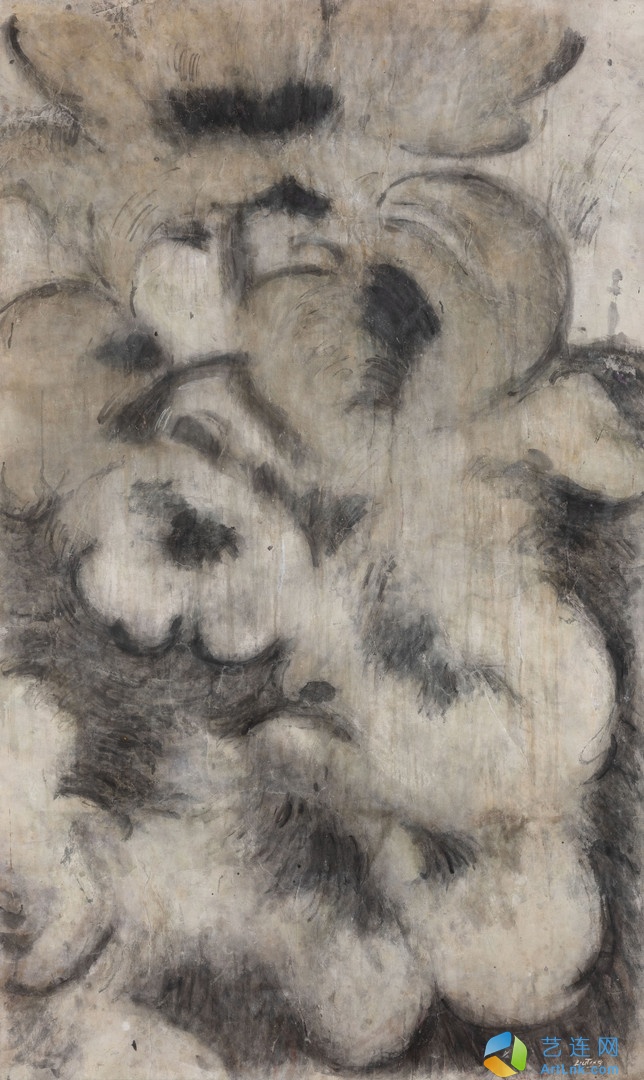
《上升的谱系》 刘婷 200×120cm 2020年 纸本水墨
-
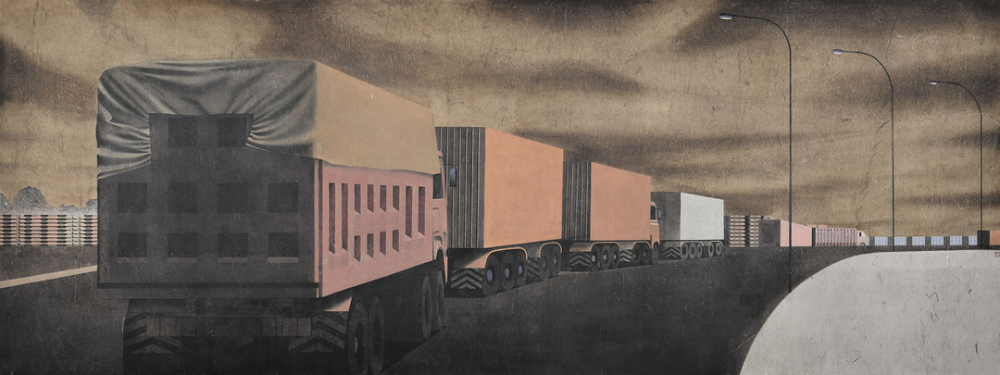
《钢筋水泥的智慧No.2》 罗汉卿 64×160cm 2019年 纸本水墨设色
-
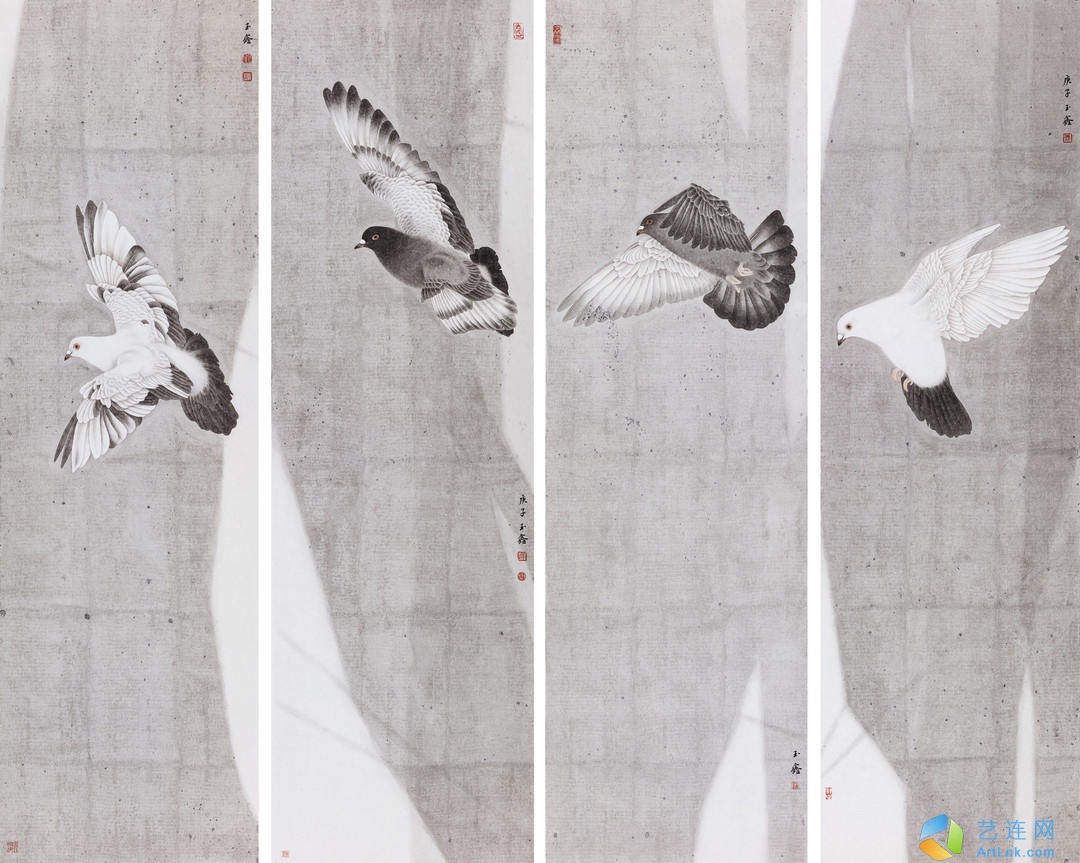
《和光之二》 罗玉鑫 130×180cm 2020年 纸本水墨设色
-
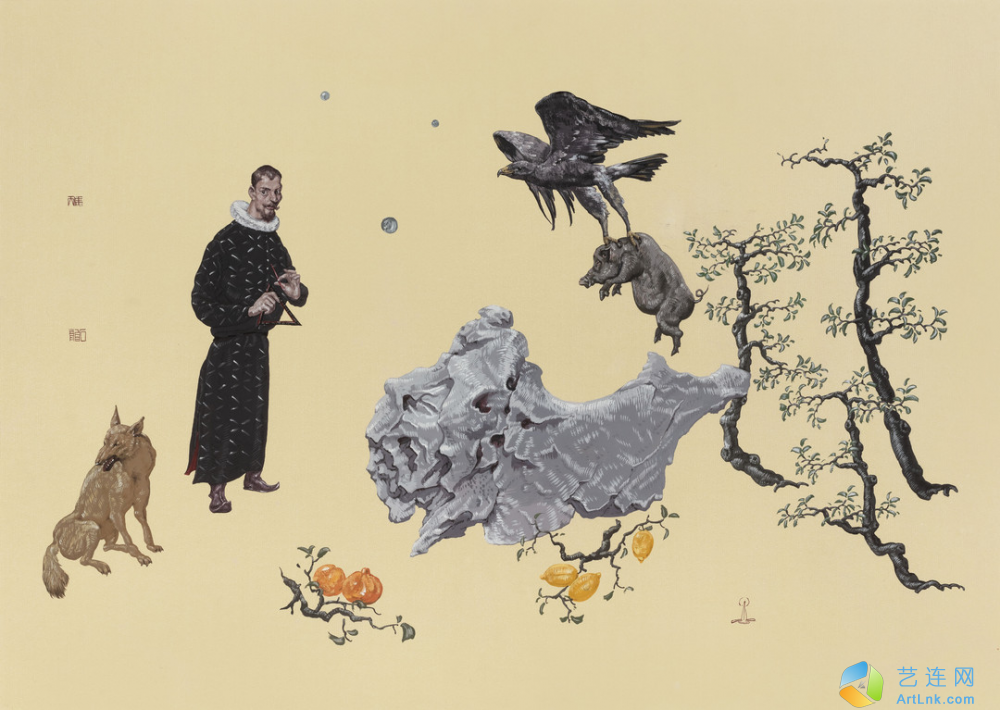
《利玛窦游园惊梦》 马丙 50×70cm 2020年 绢本水墨设色
-
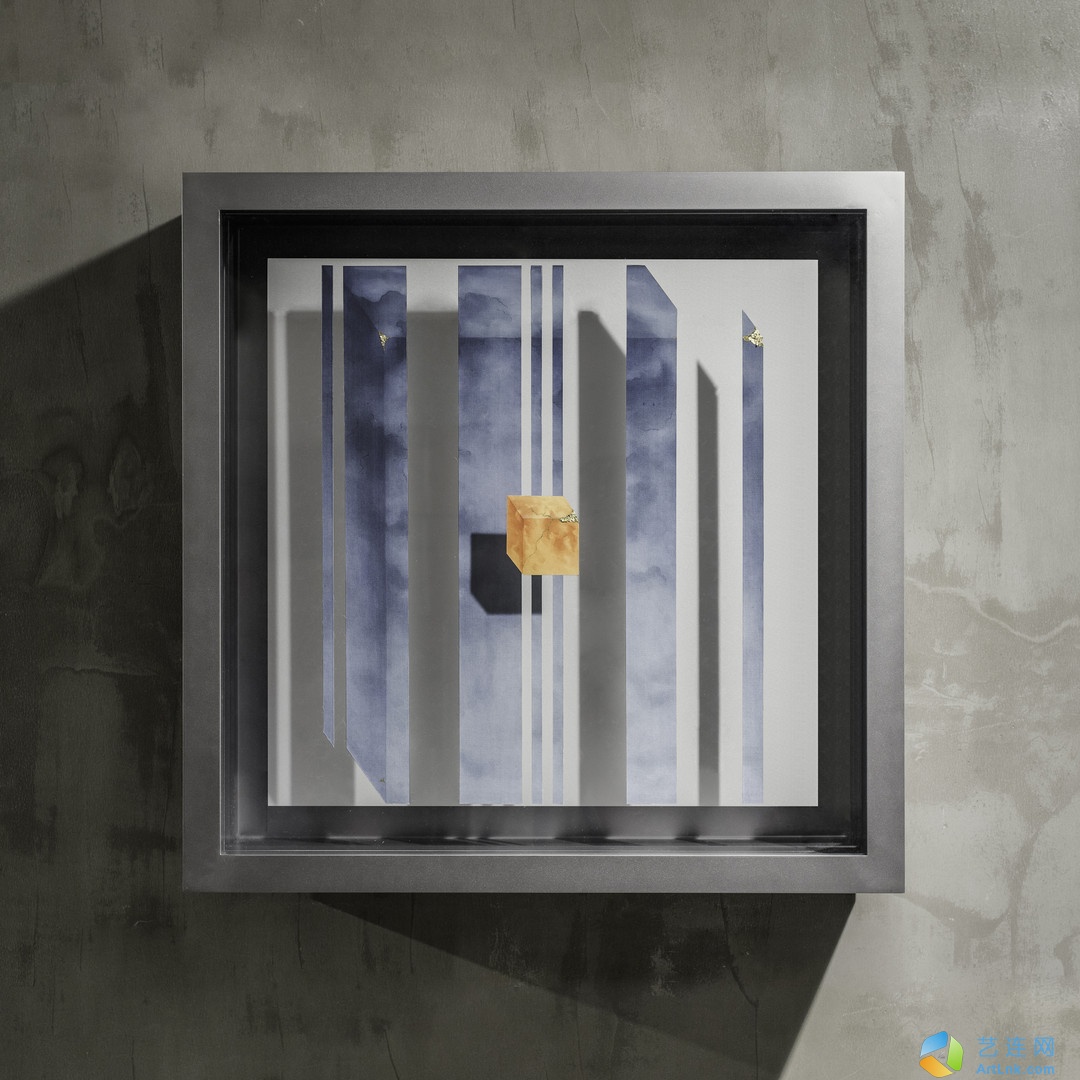
《童话之但愿人长久》 马灵丽 63×63cm 2015年 绘画装置
-
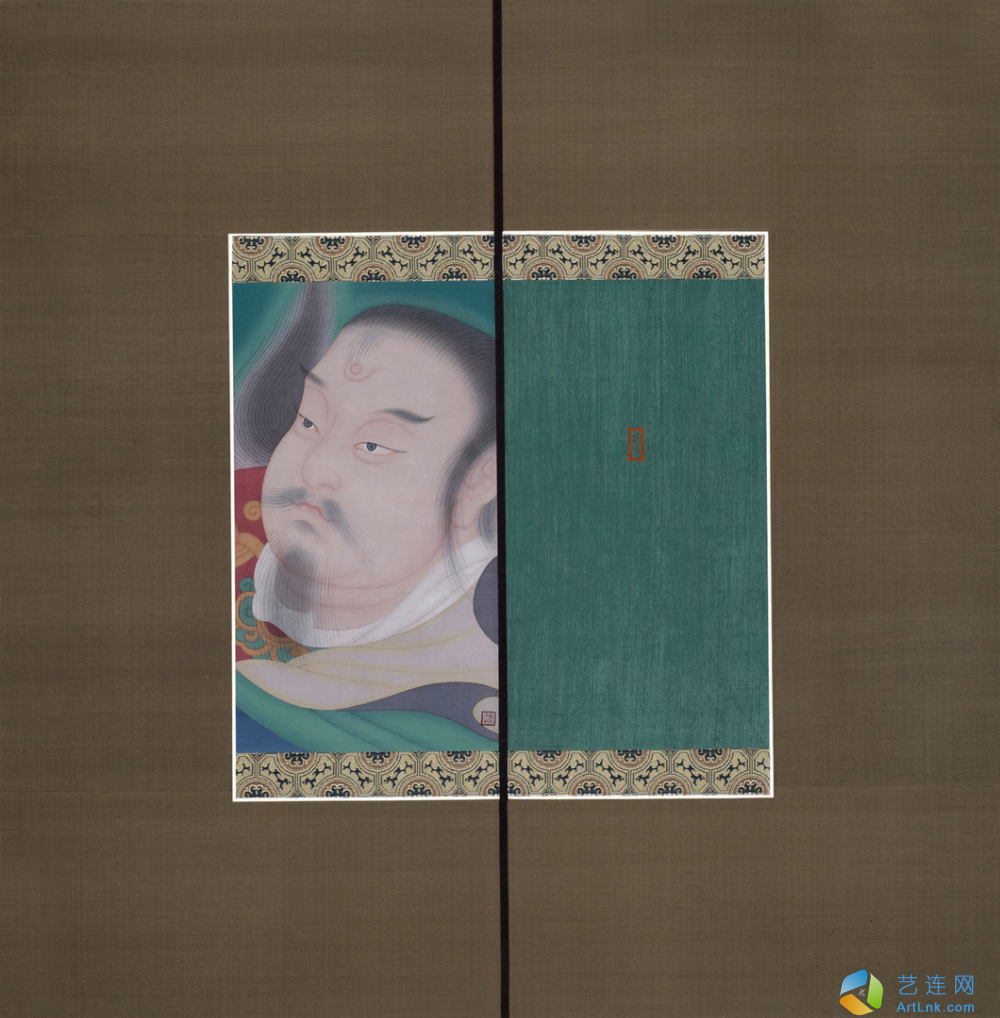
《君子之藏——济度群迷大慈悲》 孟哲 60×60cm 2019年 绢本水墨设色
-
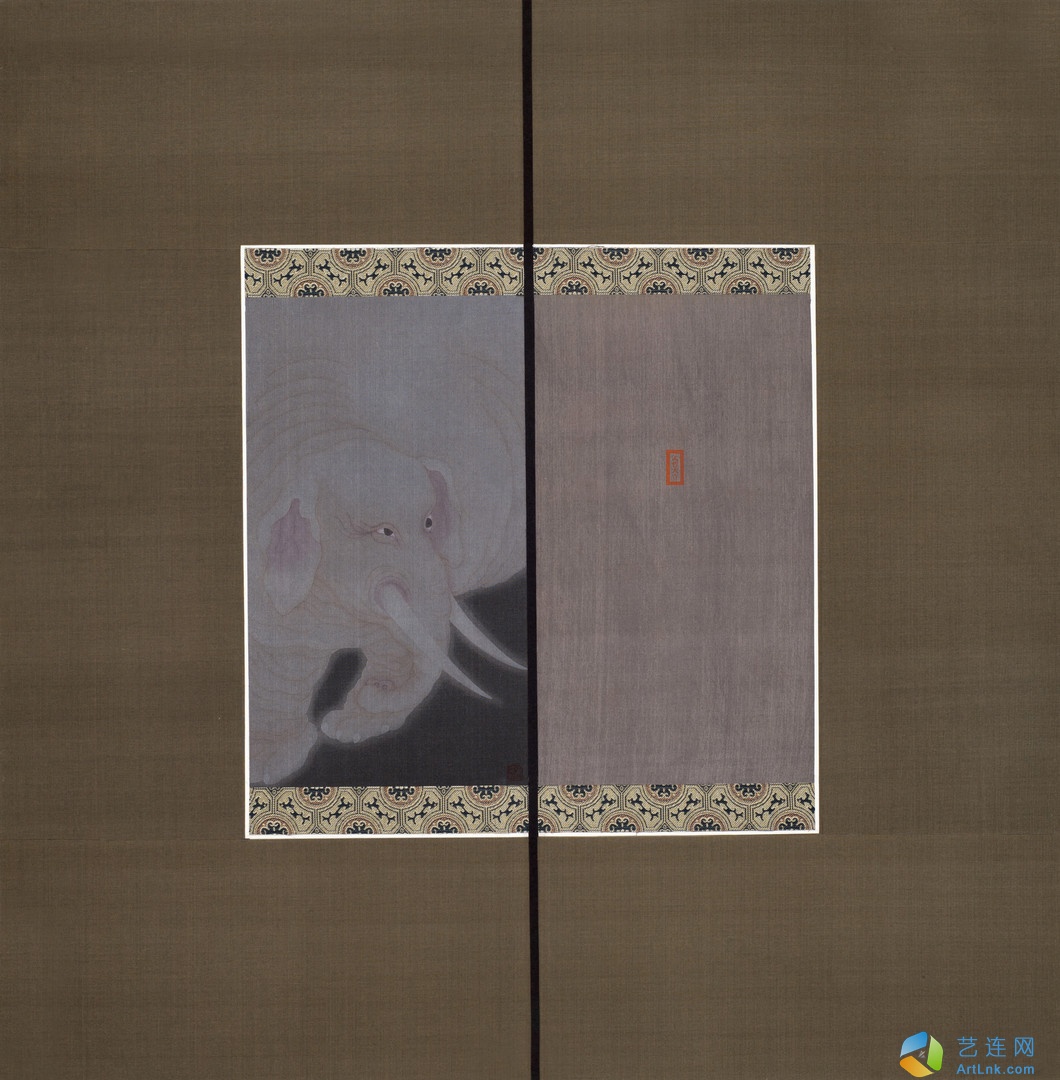
《君子之藏——太平气象养高闲》 孟哲 60×60cm 2019年 绢本水墨设色
-
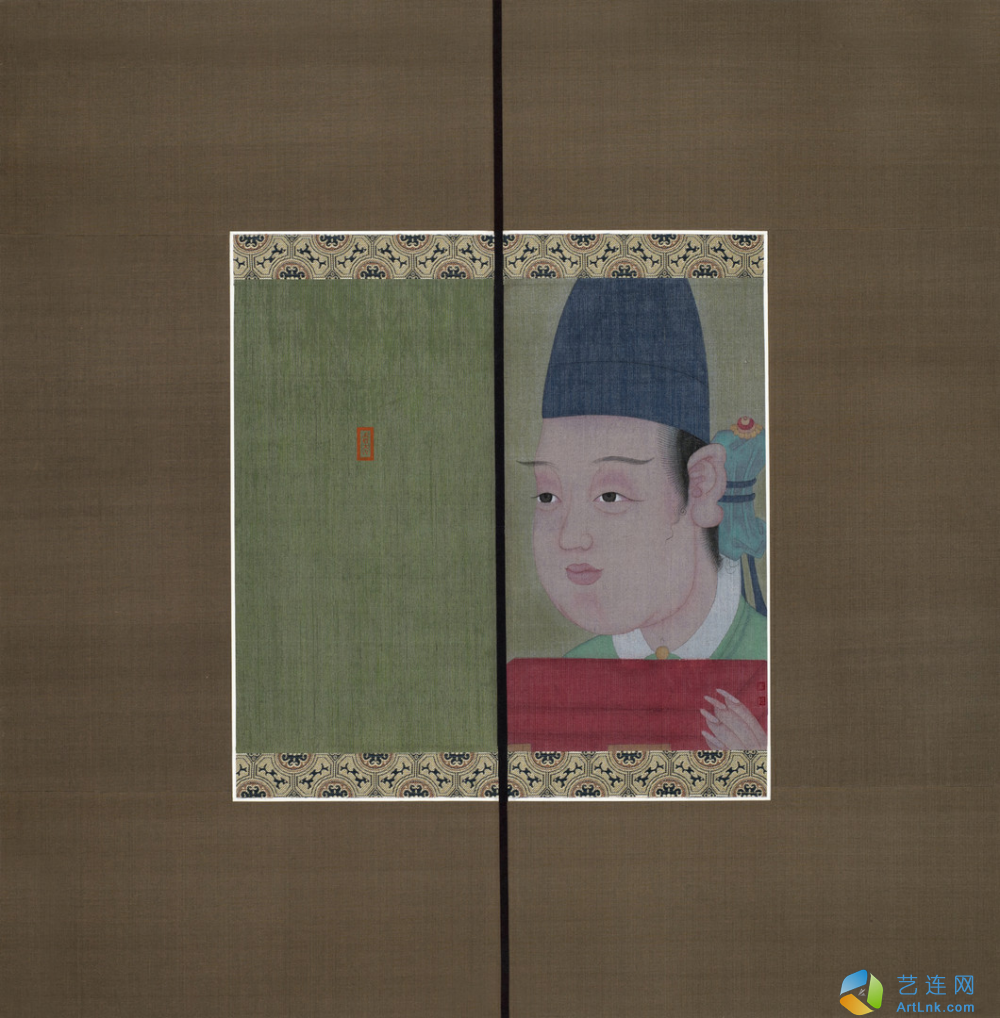
《君子之藏——幽香淡淡影疏疏》 孟哲 60×60cm 2019年 绢本水墨设色
-
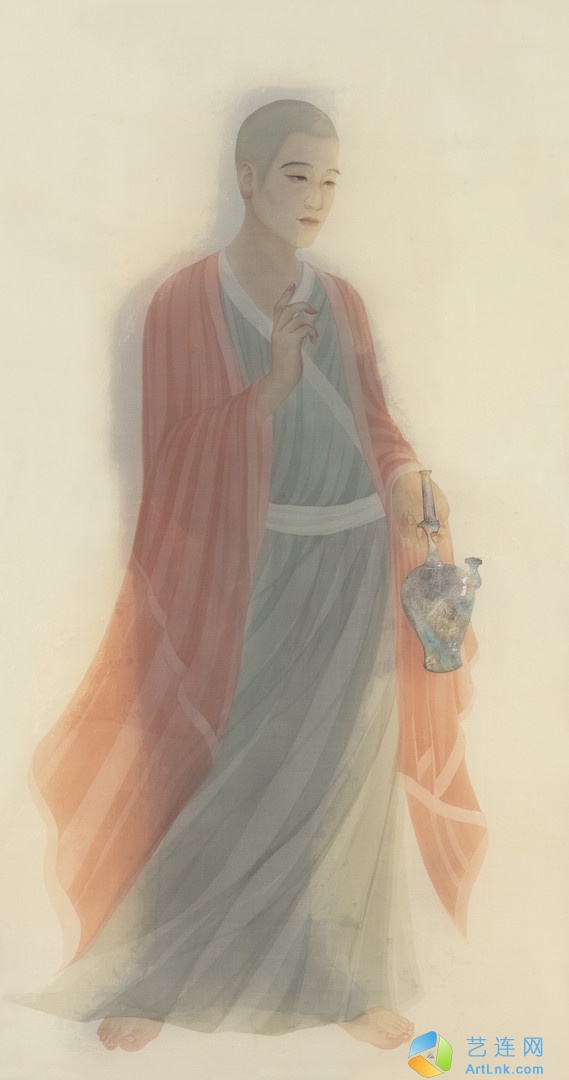
《阿兰那6》 任力翰 128×68cm 2020年 绢本水墨、综合材料
-
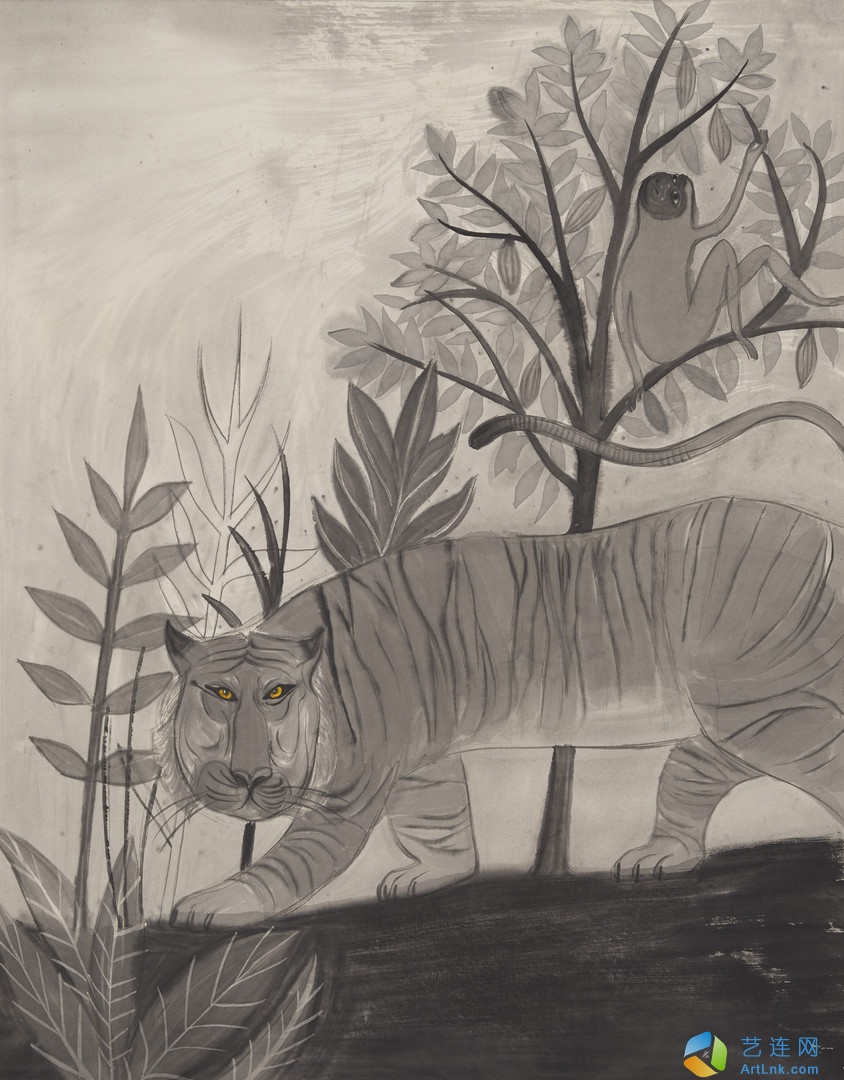
《夜行》 芮毅 68×58cm 2019年 纸本水墨
-
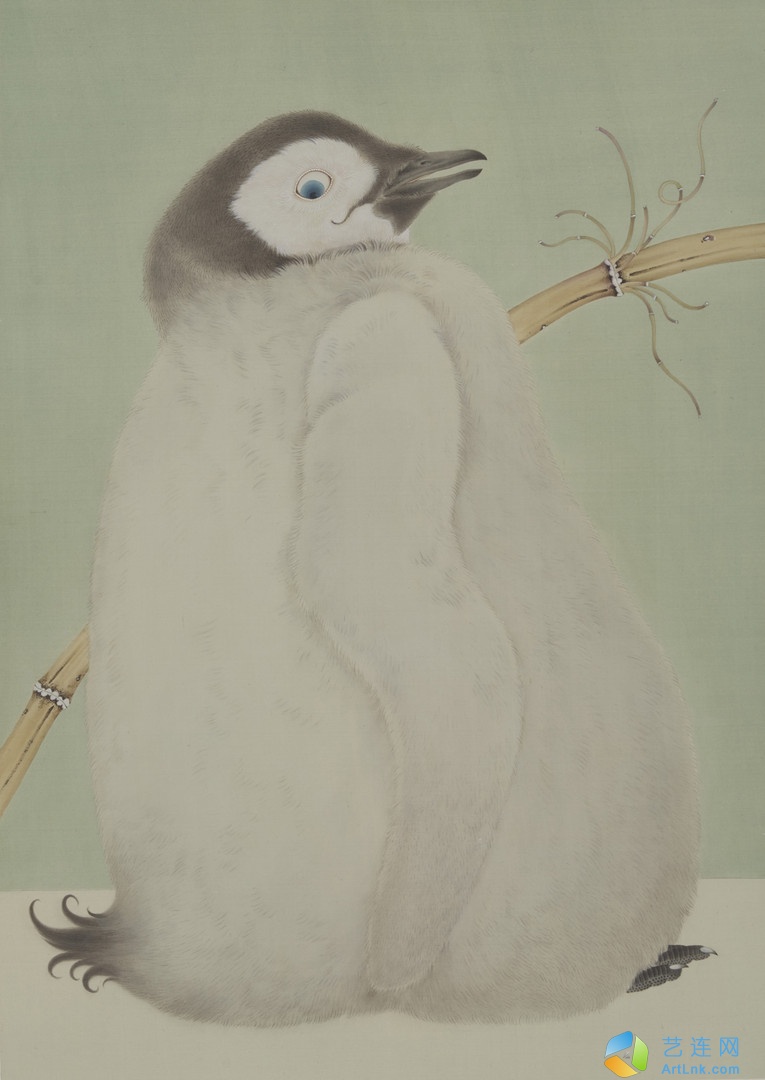
《帝企鹅日记No.1》 孙玮 53×36cm 2019年 绢本水墨设色
-
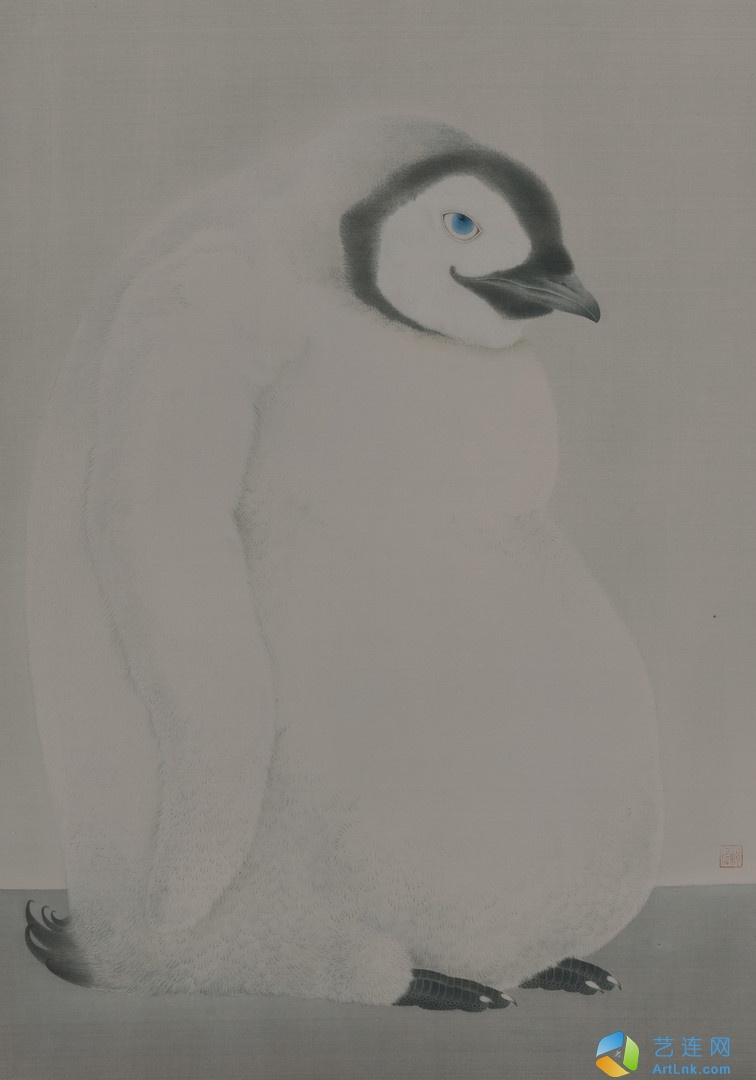
《帝企鹅日记No.2》 孙玮 53×36cm 2019年 绢本水墨设色
-
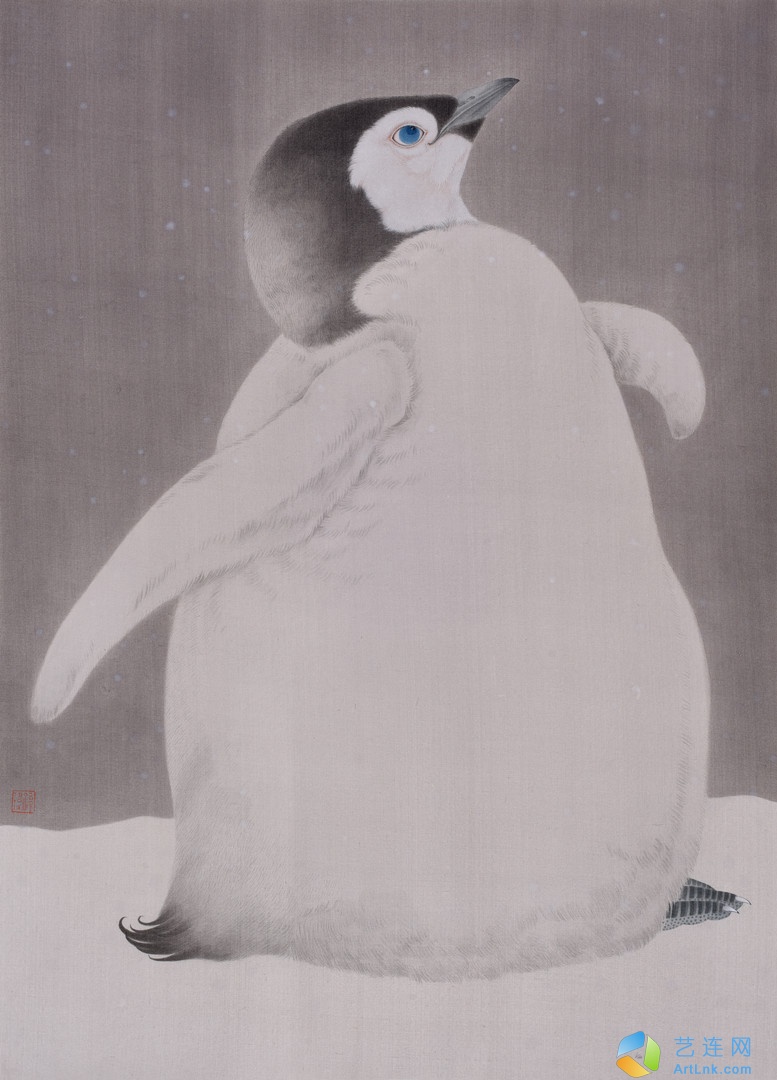
《帝企鹅日记No.3》 孙玮 53×36cm 2019年 绢本水墨设色
-
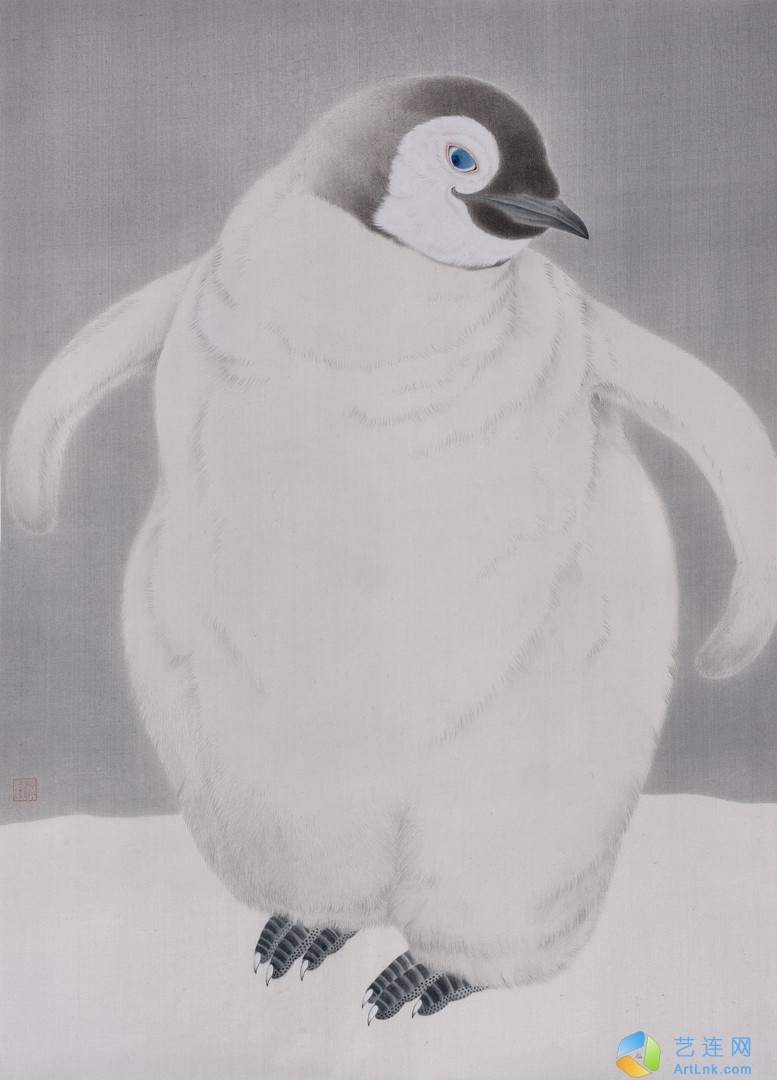
《帝企鹅日记No.4》 孙玮 53×36cm 2019年 绢本水墨设色
-
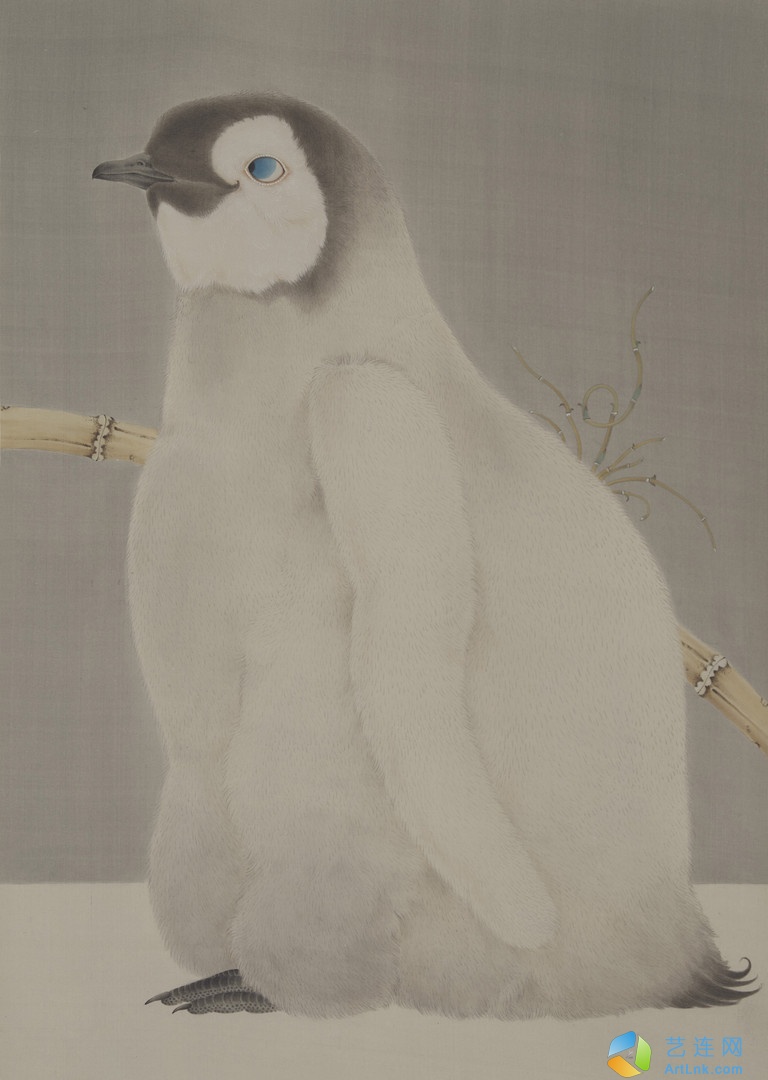
《帝企鹅日记No.5》 孙玮 53×36cm 2019年 绢本水墨设色
-
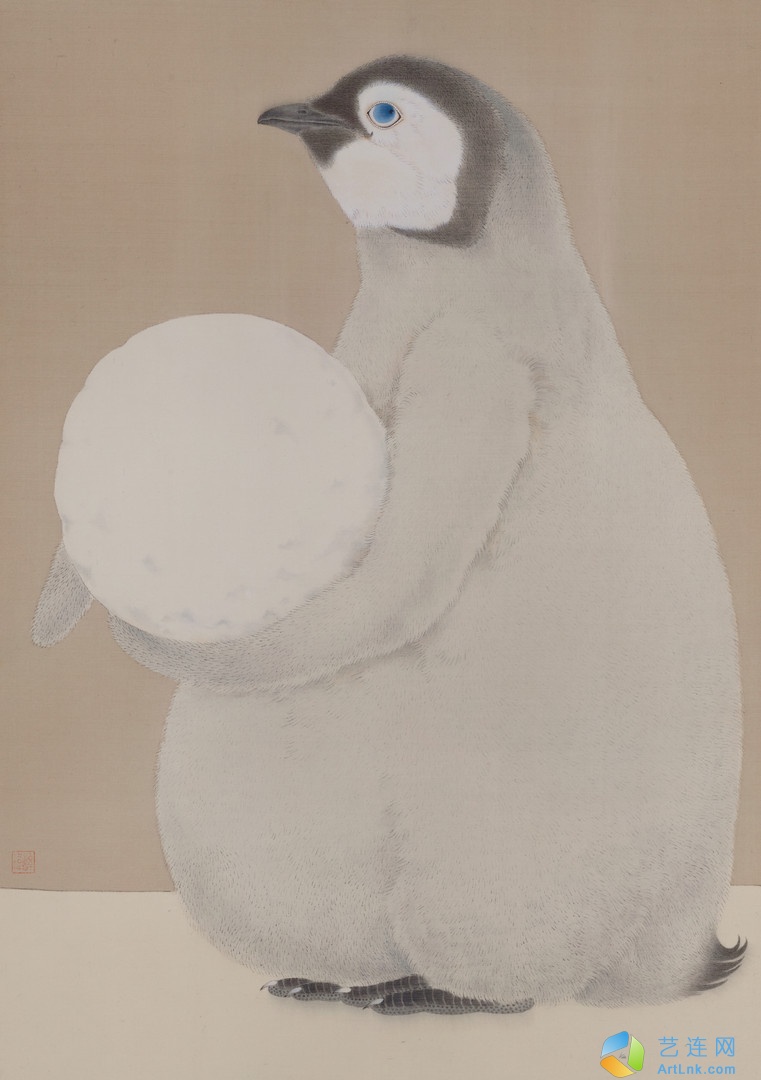
《帝企鹅日记No.6》 孙玮 53×36cm 2019年 绢本水墨设色
-
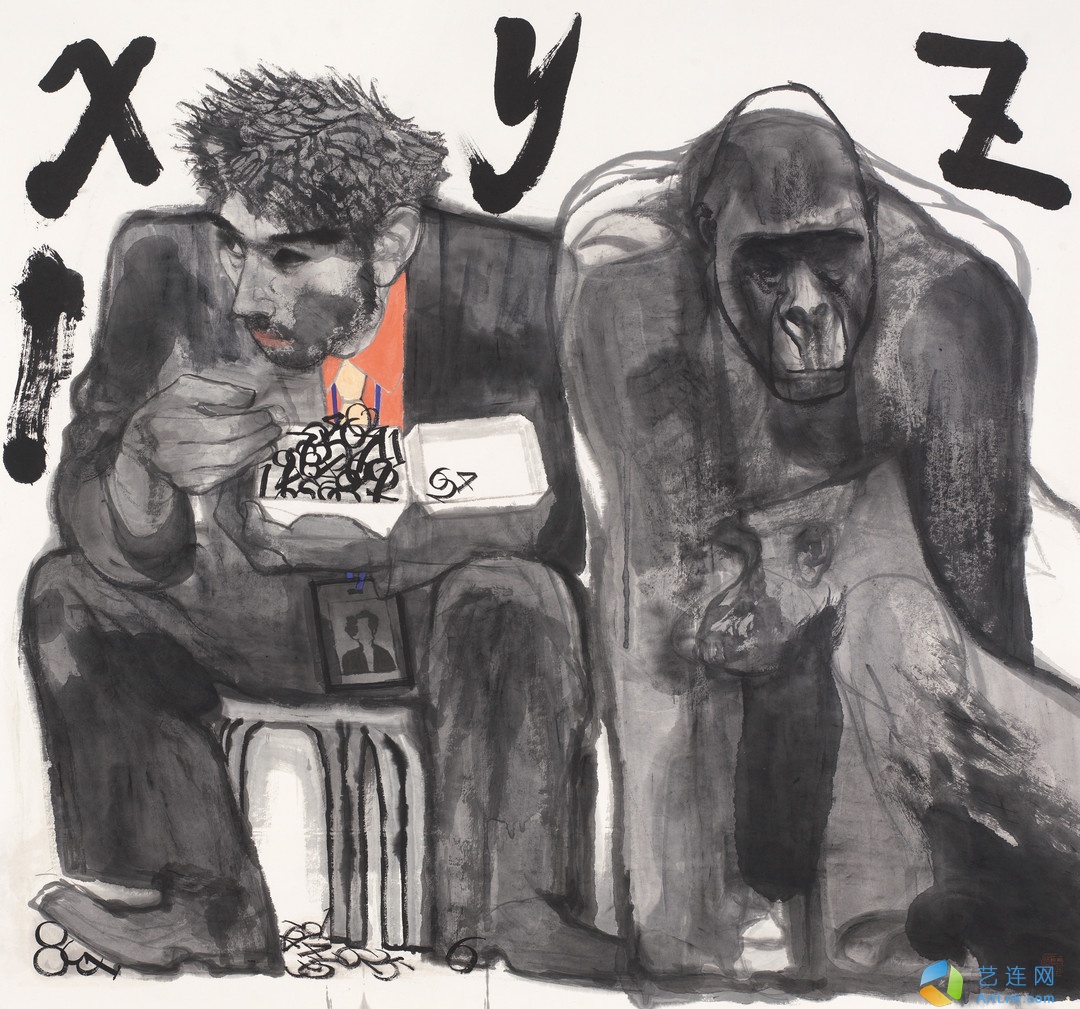
《关于x、y、z》 王瀚裕 90×96cm 2020年 纸本水墨
-
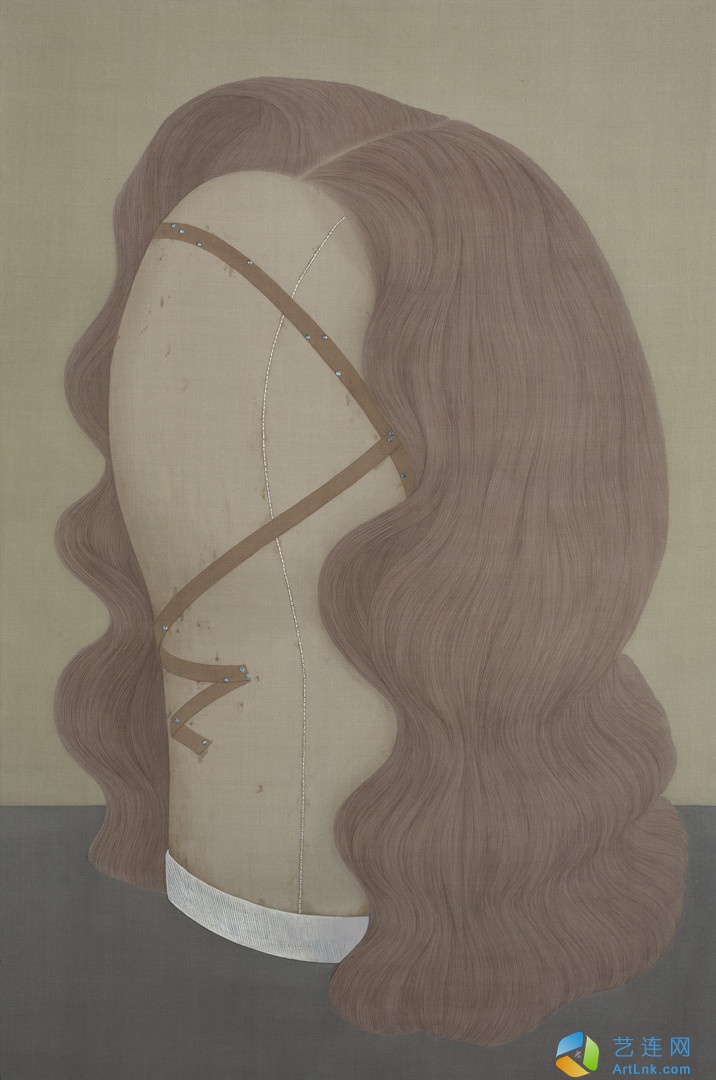
《Lara》 王晴园 82×54cm 2020年 绢本水墨设色
-
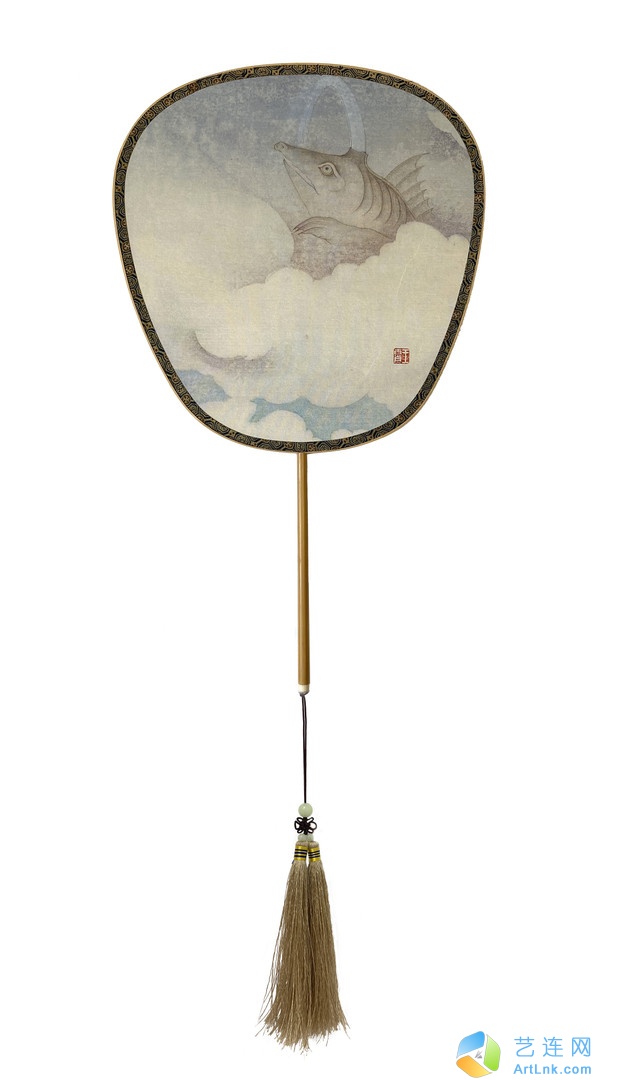
《海错新编之海怪》 王霄 26×27cm 2020年 绢本水墨设色
-
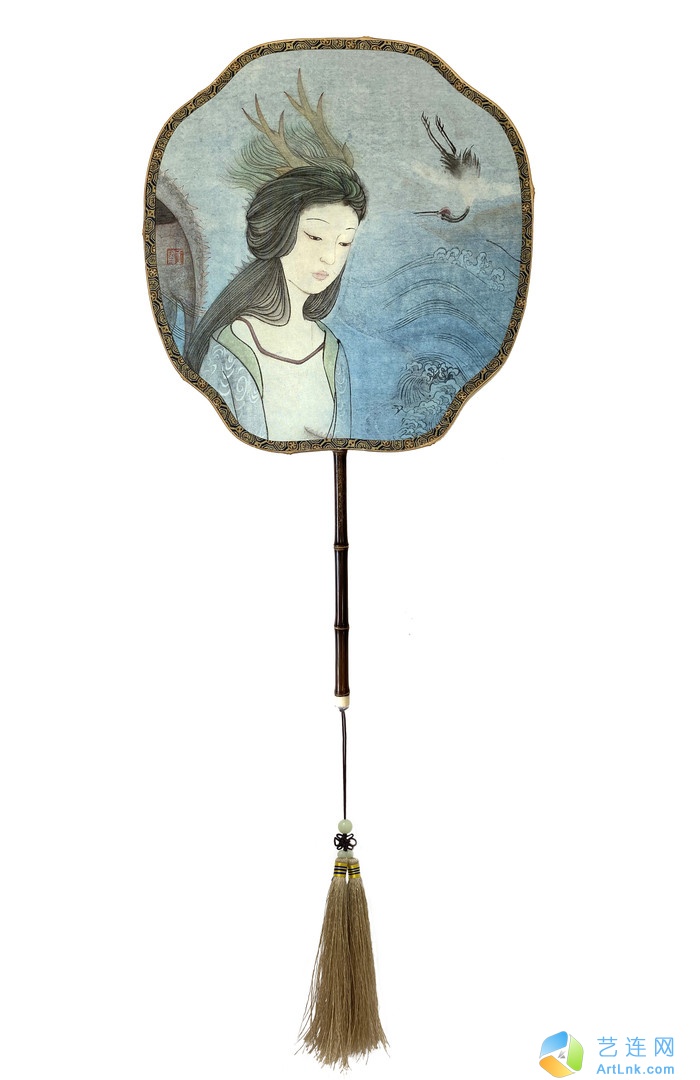
《海错新编之龙女》 王霄 26×28cm 2020年 绢本水墨设色
-
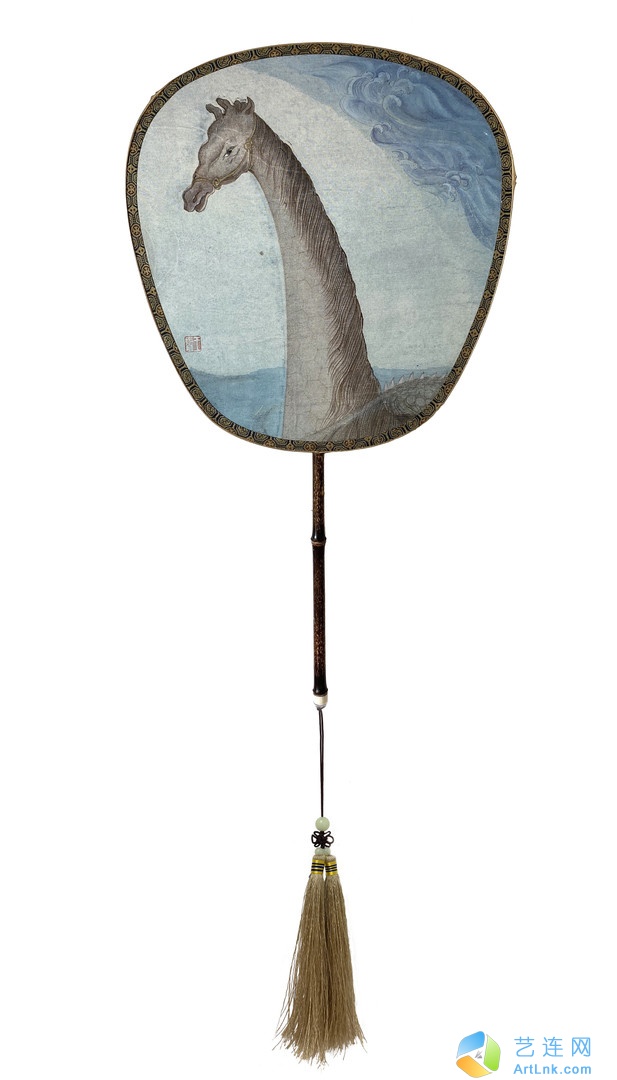
《海错新编之麒麟》 王霄 26×27cm 2020年 绢本水墨设色
-
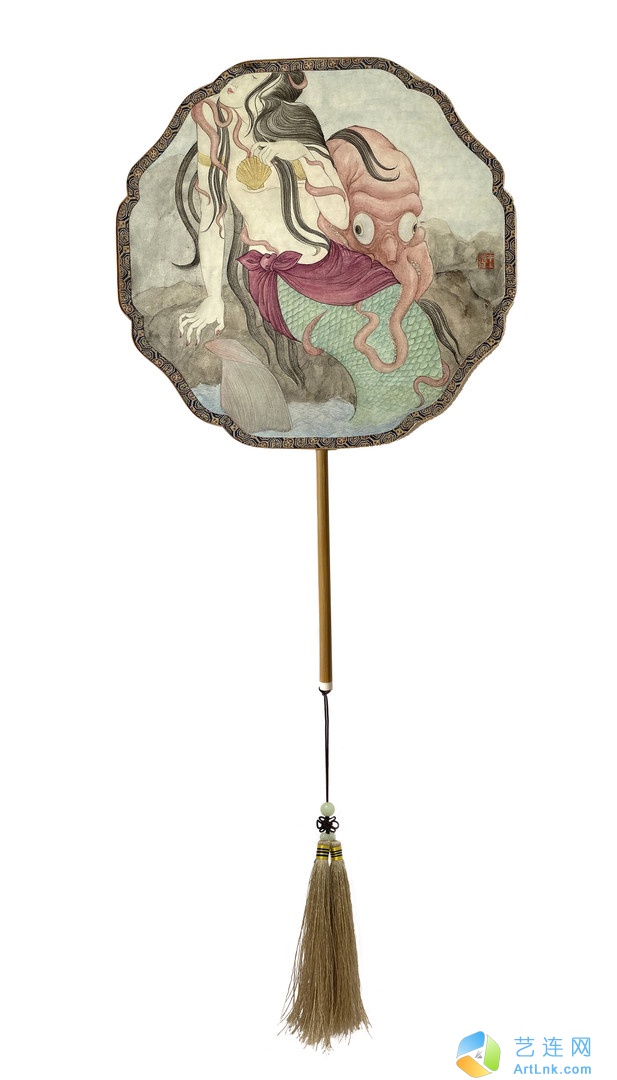
《海错新编之人鱼》 王霄 26×26cm 2020年 绢本水墨设色
-
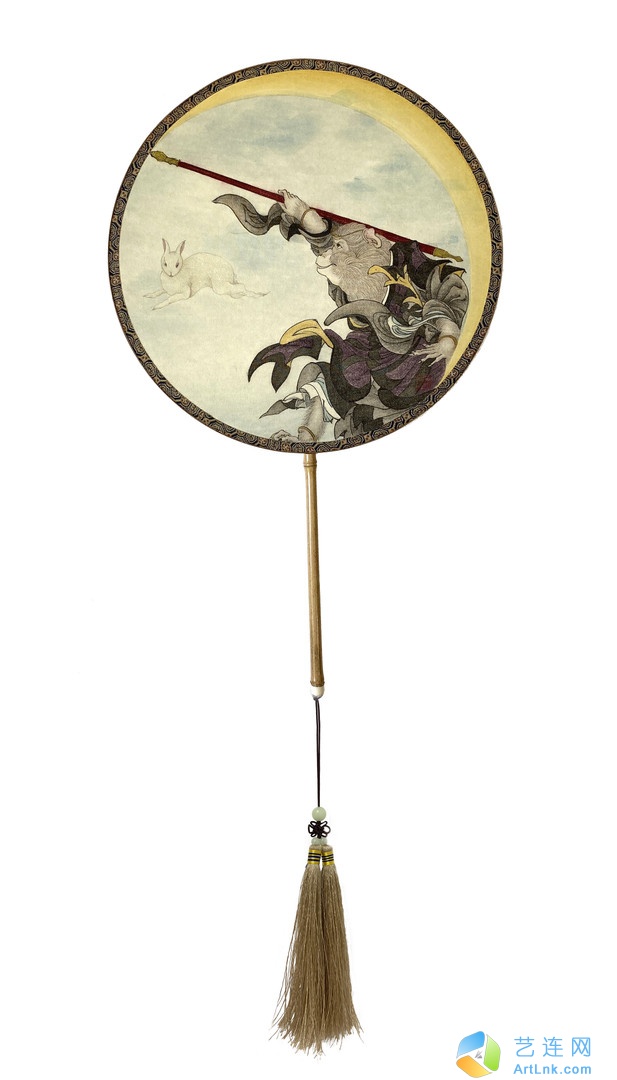
《悟空与玉兔》 王霄 26×26cm 2020年 绢本水墨设色
-
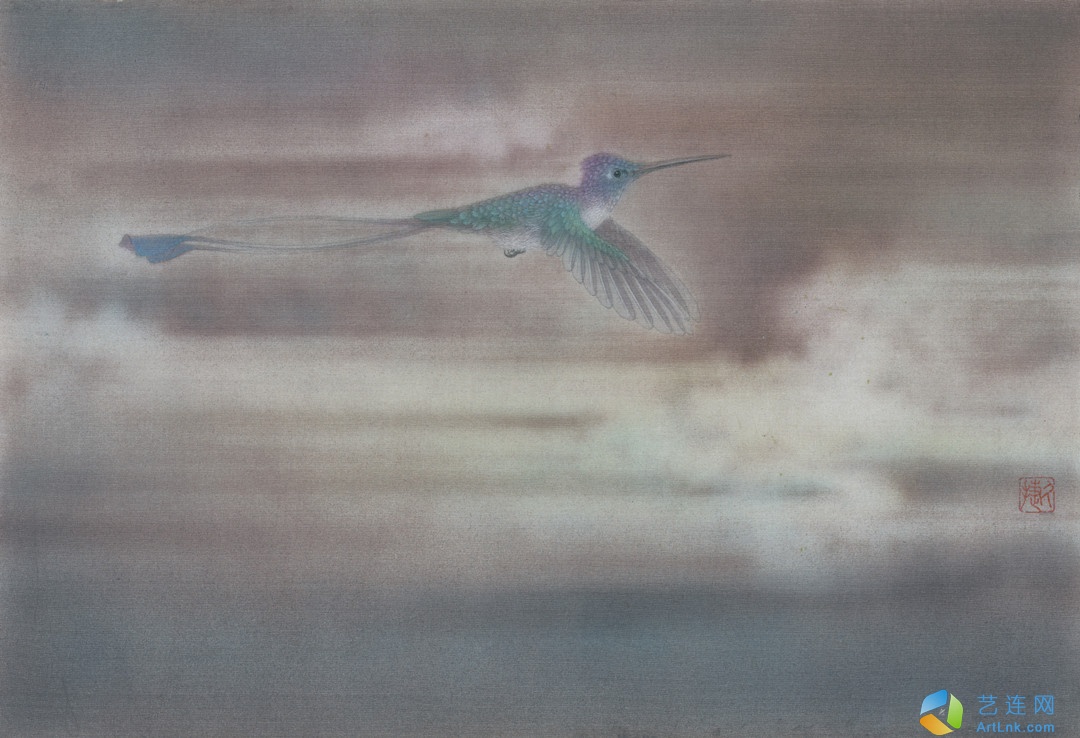
《无人之境·行云No.1》 魏久捷 39×42cm 2019年 绢本水墨设色
-
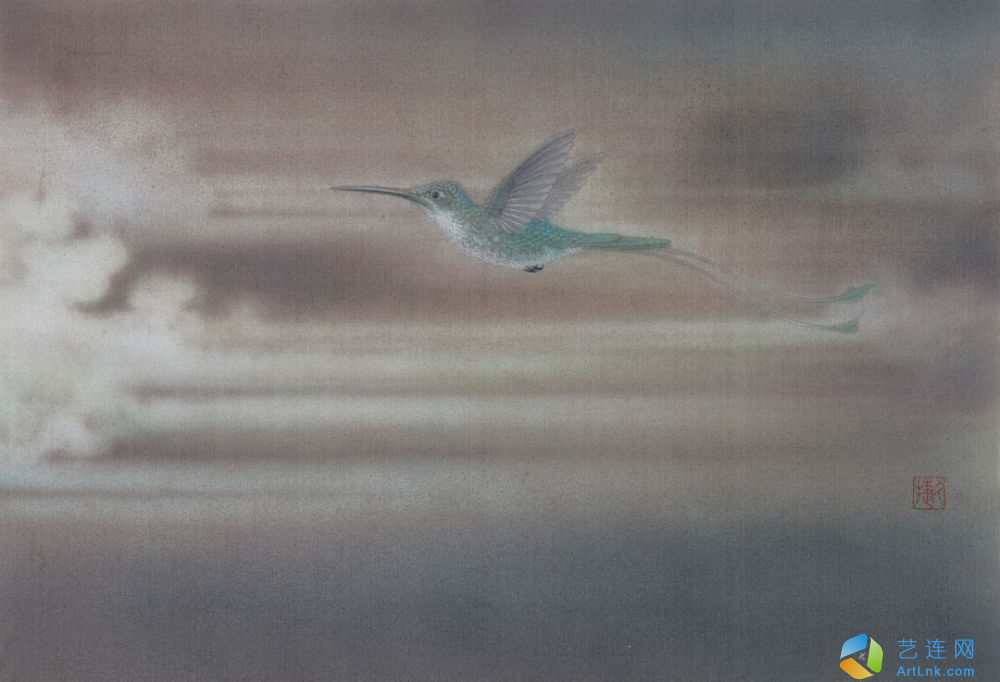
《无人之境·行云No.2》 魏久捷 39×42cm 2019年 绢本水墨设色
-

《大狗》 魏全儒 226×50cm 2018年 纸本水墨
-

《肥猫》 魏全儒 226×50cm 2018年 纸本水墨
-
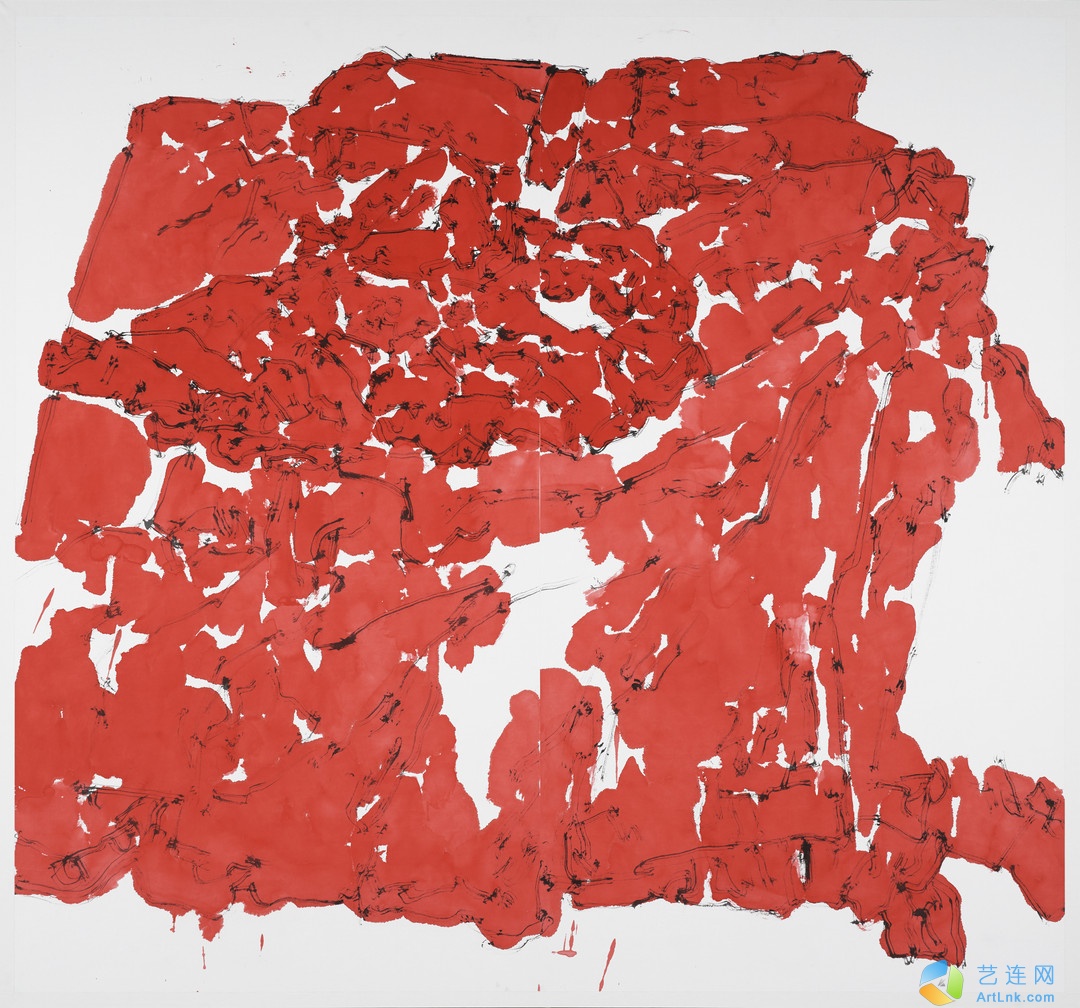
《Sans Titre-Marriage》 吴昊 188×198cm 2020年 纸本水墨设色
-
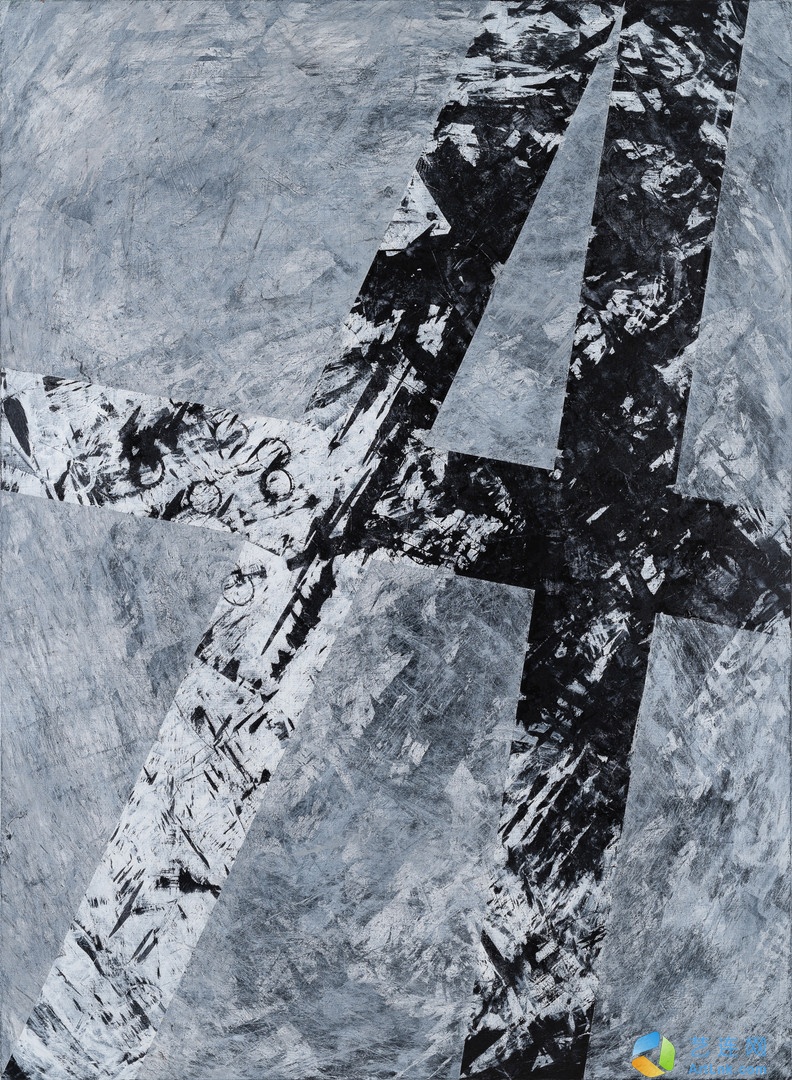
《Nov-20》 吴谦 180×130cm 2020年 布面综合材料
-
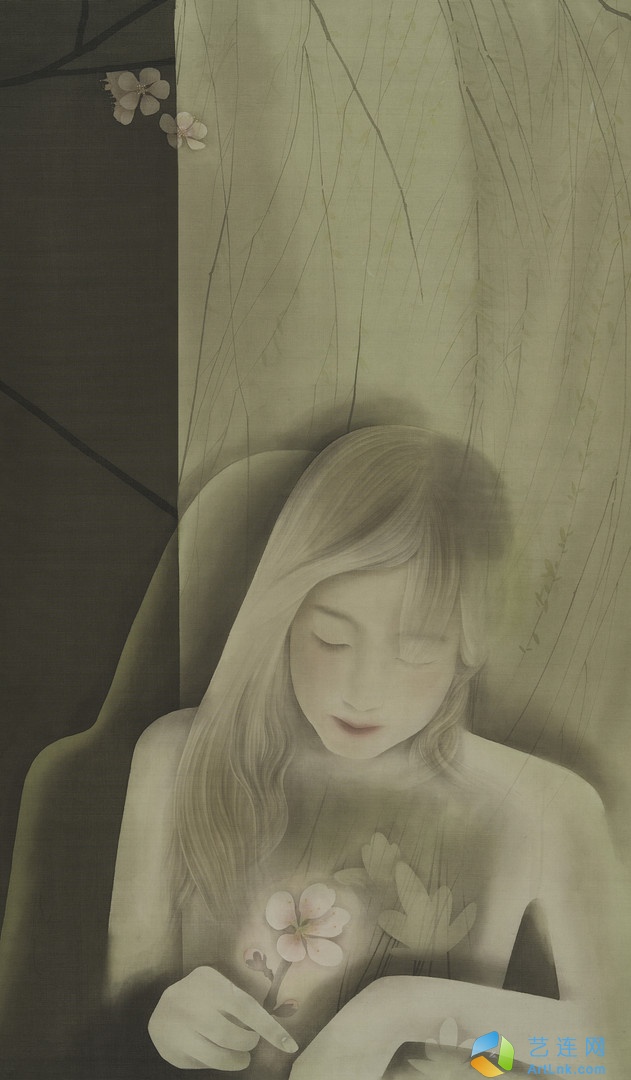
《森·春》 武一杉 80×50cm 2020年 绢本水墨设色
-
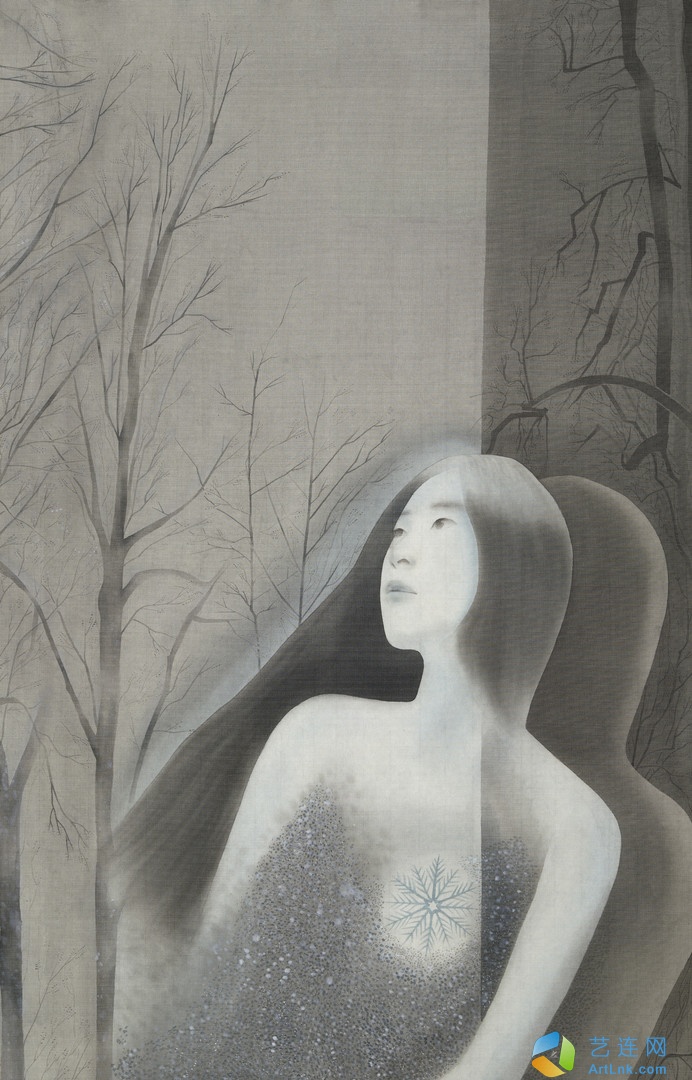
《森·冬》 武一杉 80×50cm 2020年 绢本水墨设色
-
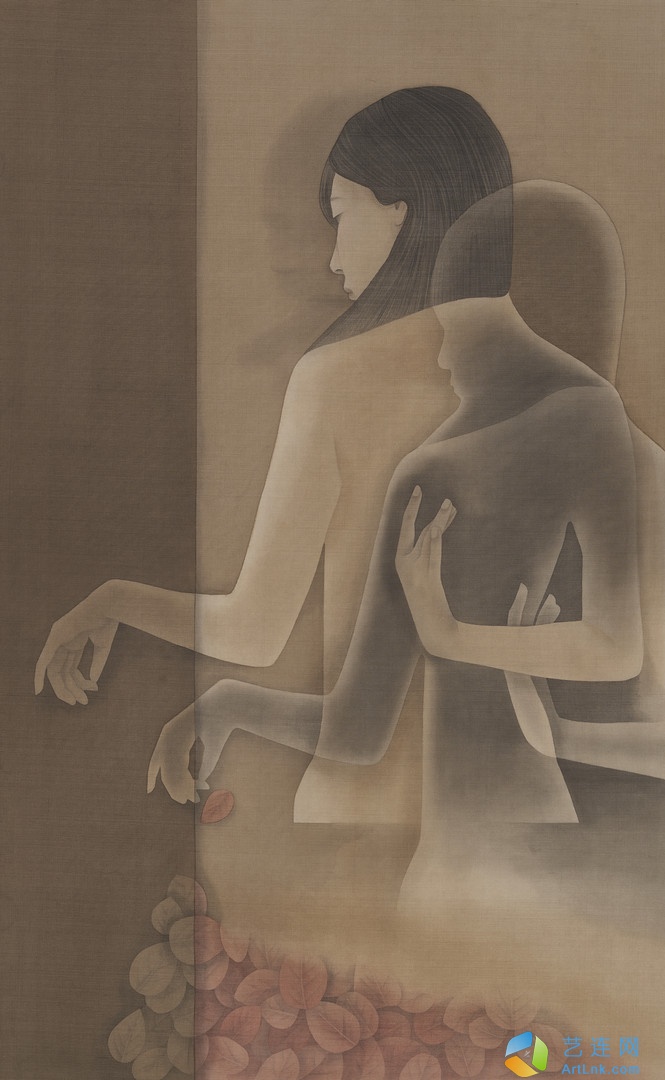
《森·秋》 武一杉 80×50cm 2020年 绢本水墨设色
-
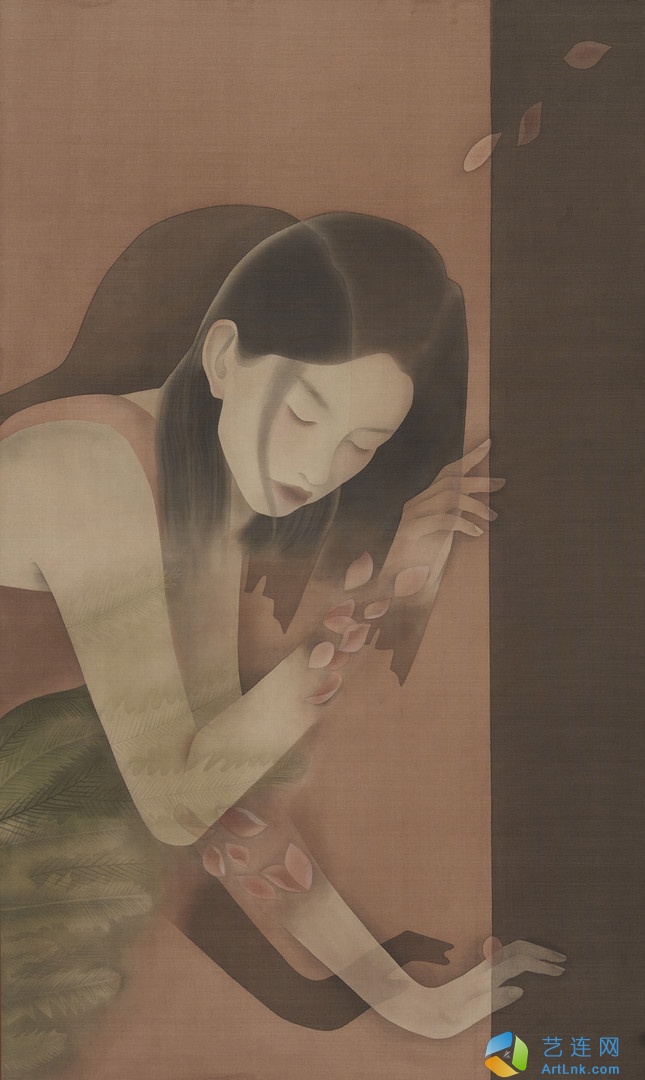
《森·夏》 武一杉 80×50cm 2020年 绢本水墨设色
-
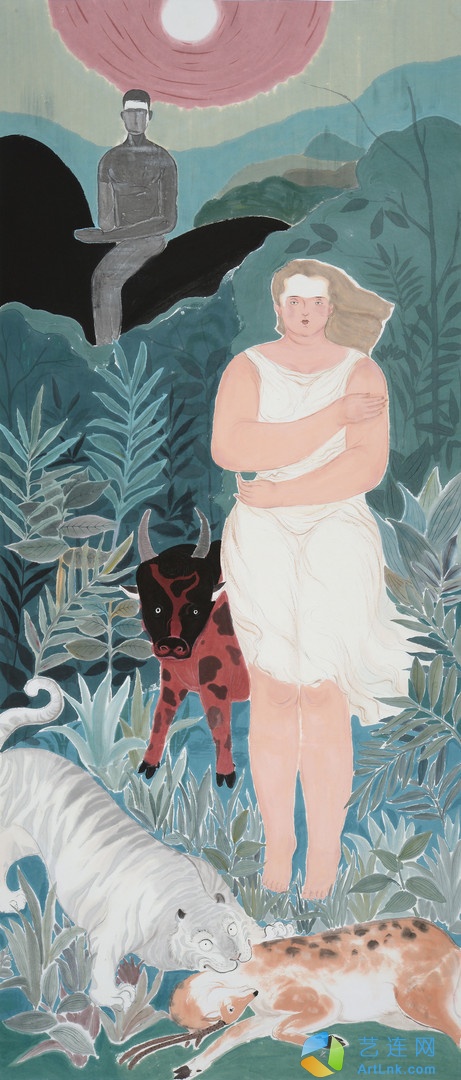
《思想存在的一天之二》 席振磊 223×95cm 2020年 纸本水墨设色
-
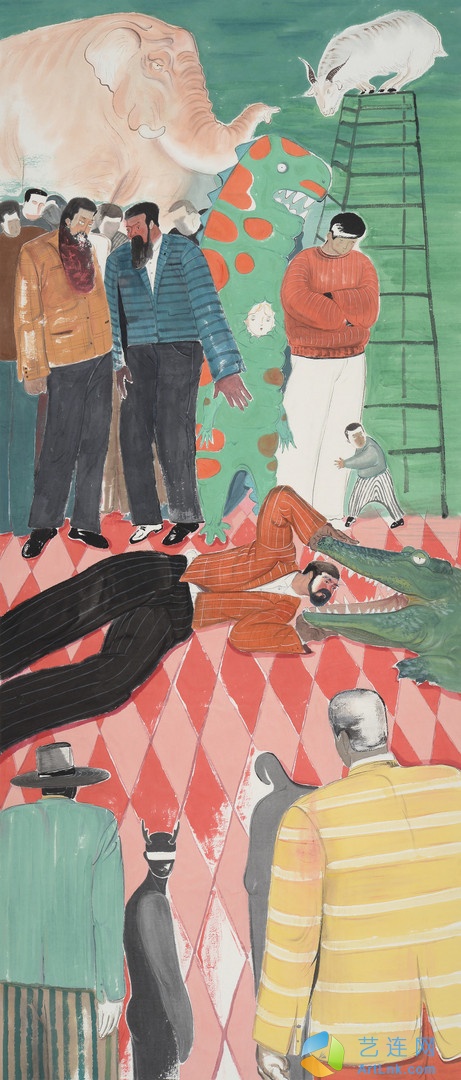
《思想存在的一天之三》 席振磊 223×95cm 2020年 纸本水墨设色
-
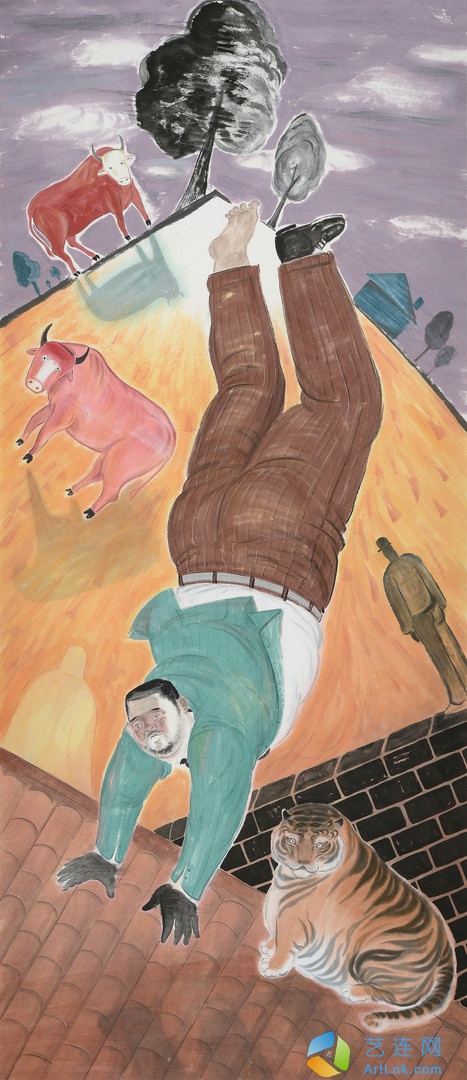
《思想存在的一天之四》 席振磊 223×95cm 2020年 纸本水墨设色
-
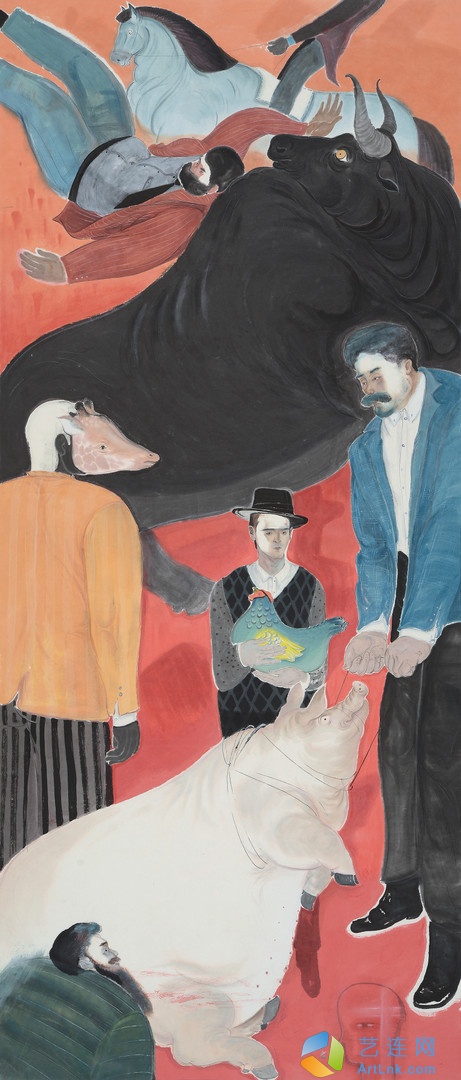
《思想存在的一天之一》 席振磊 223×95cm 2020年 纸本水墨设色
-
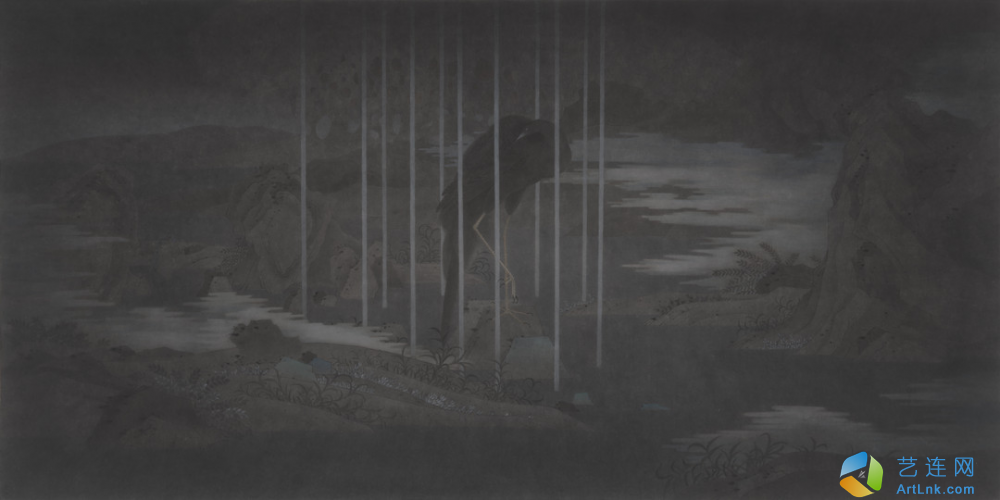
《谷之城》 肖旭 69×137cm 2014年 纸本水墨设色
-
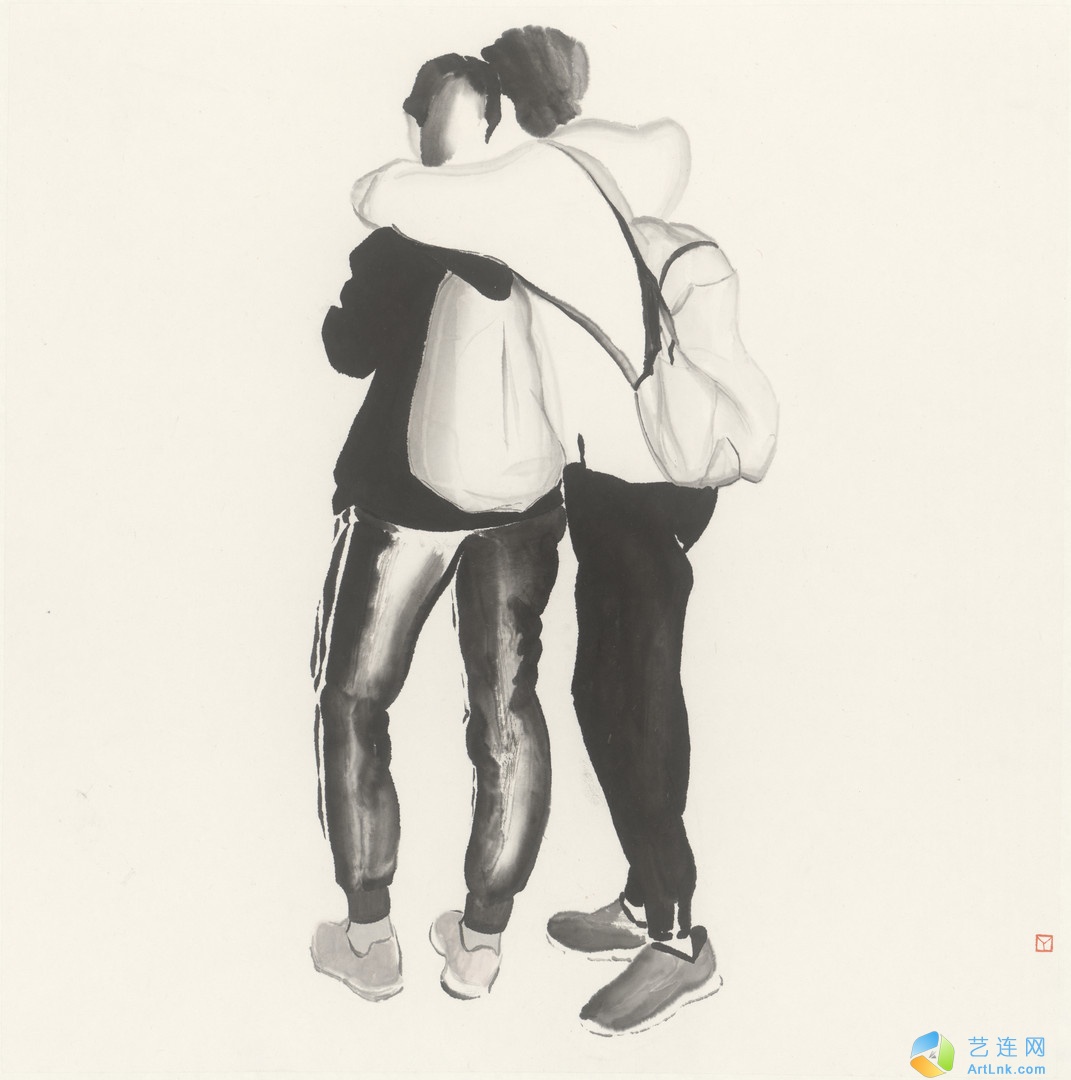
《行吟阁2-3-2》 闫锡聪 53×53cm 2019年 纸本水墨
-
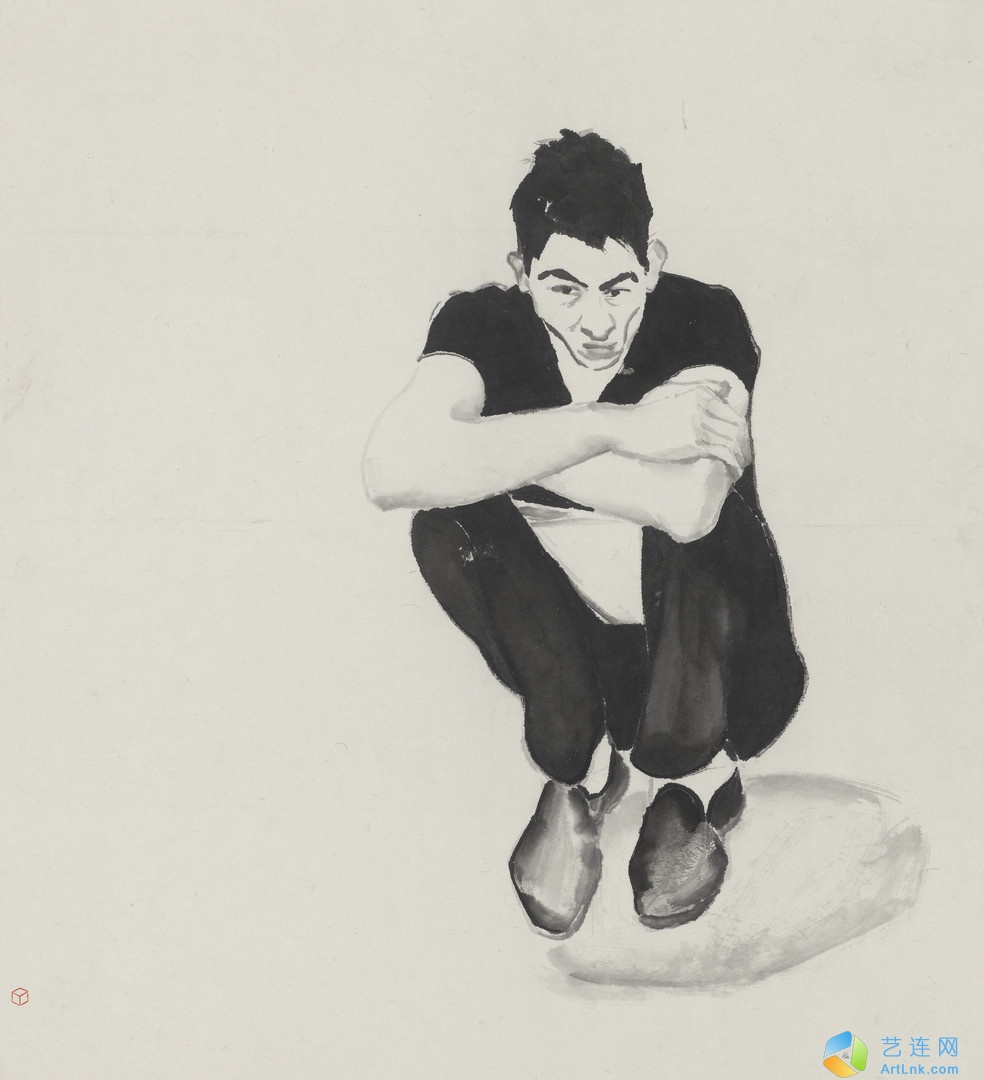
《看》 闫锡聪 52×45.5cm 2020年 纸本水墨
-
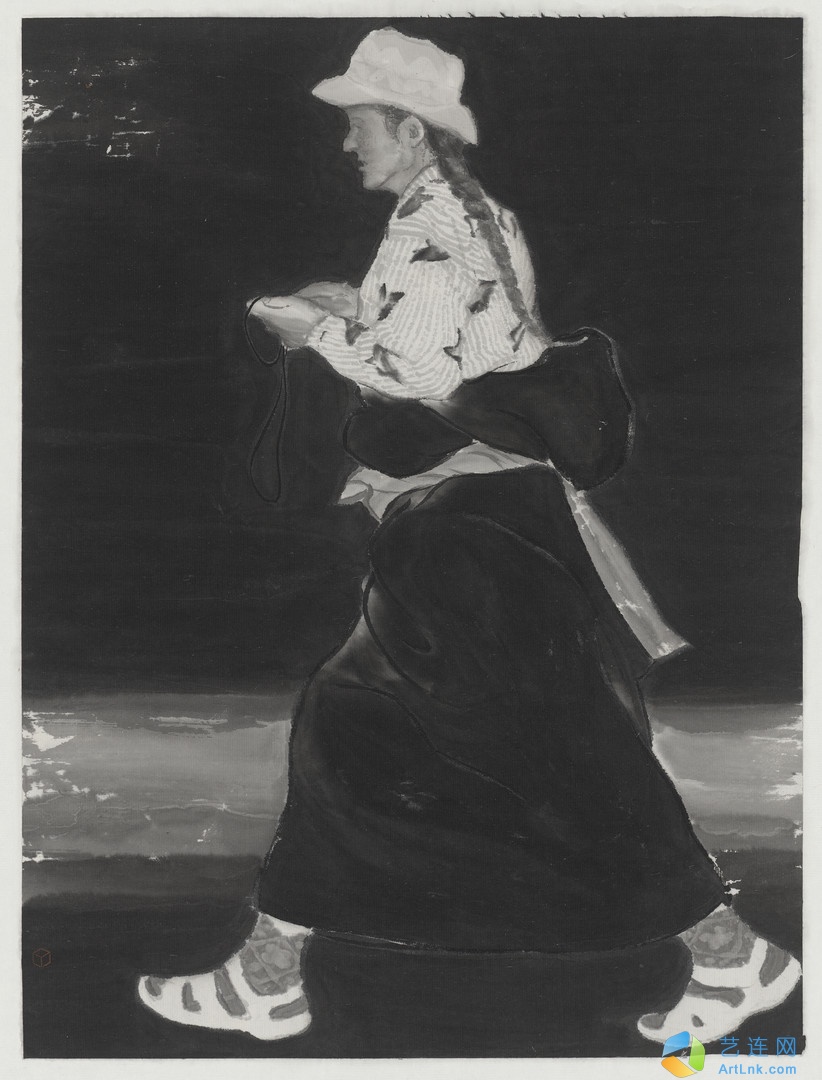
《拉不楞6-1-2》 闫锡聪 34×45.5cm 2020年 纸本水墨
-
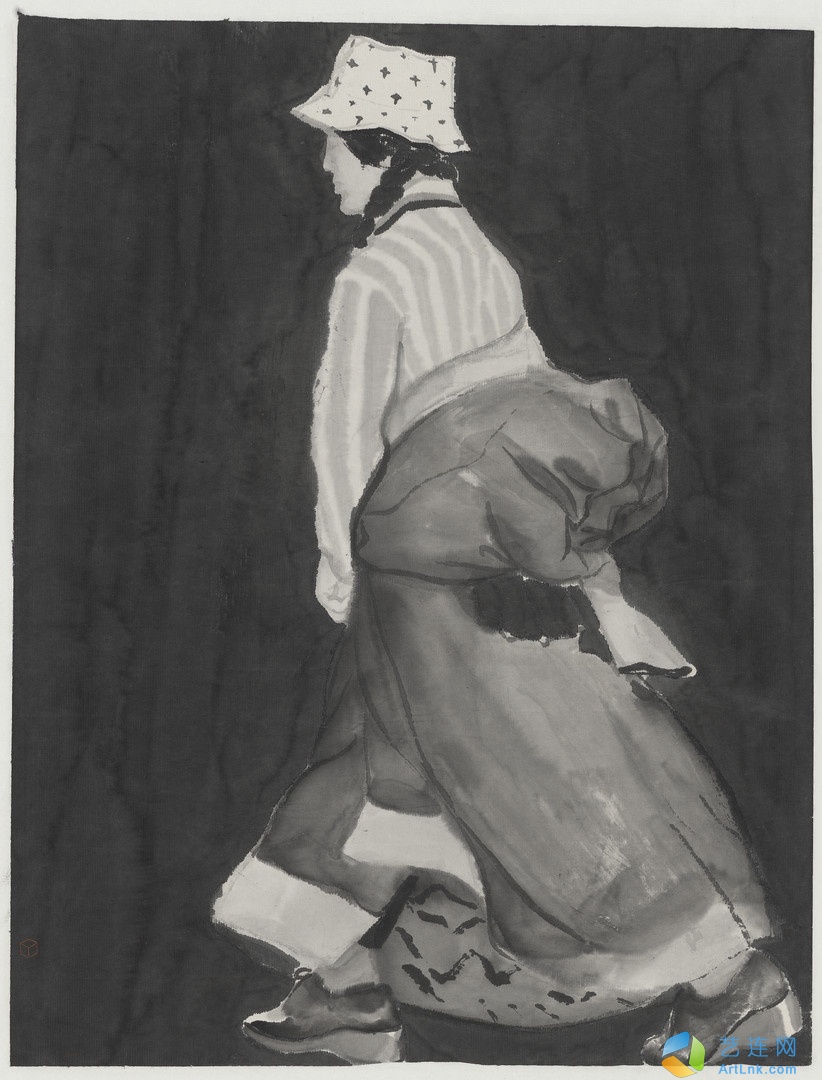
《拉不楞6-2-2》 闫锡聪 35×45.5cm 2020年 纸本水墨
-
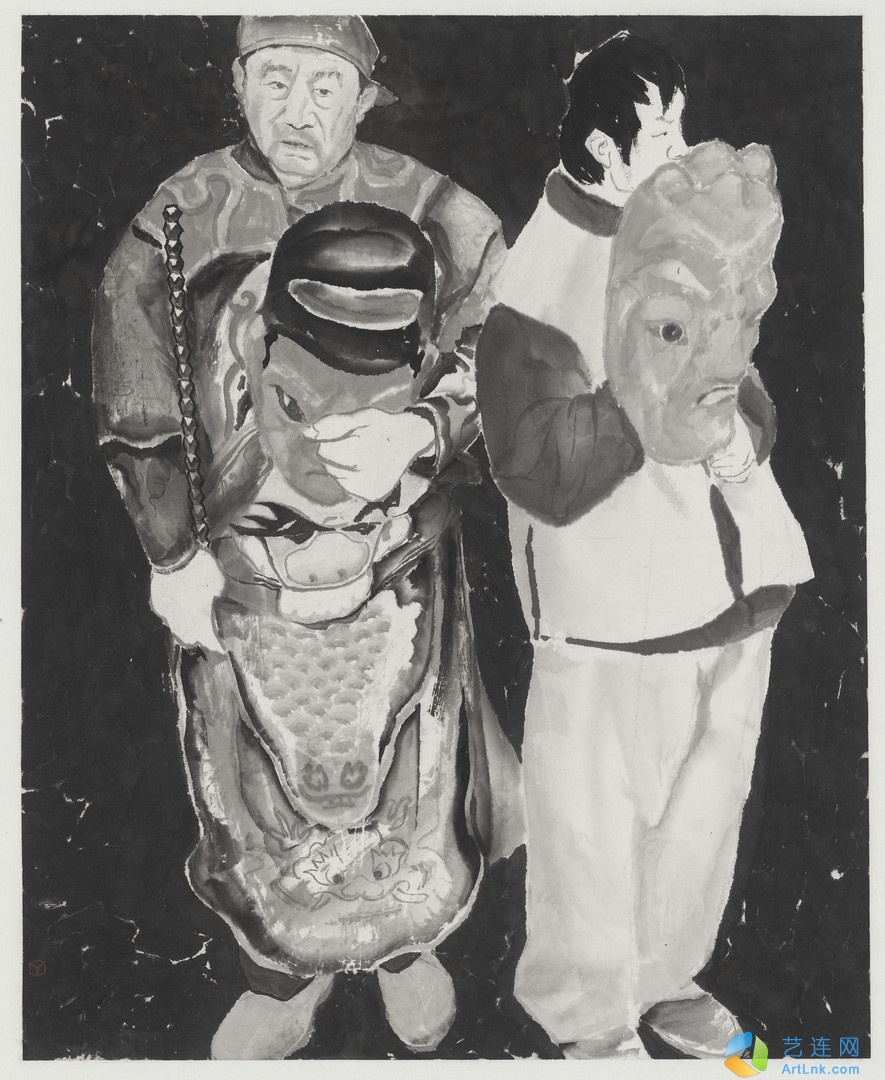
《社火02-1-2》 闫锡聪 41×50.5cm 2020年 纸本水墨
-
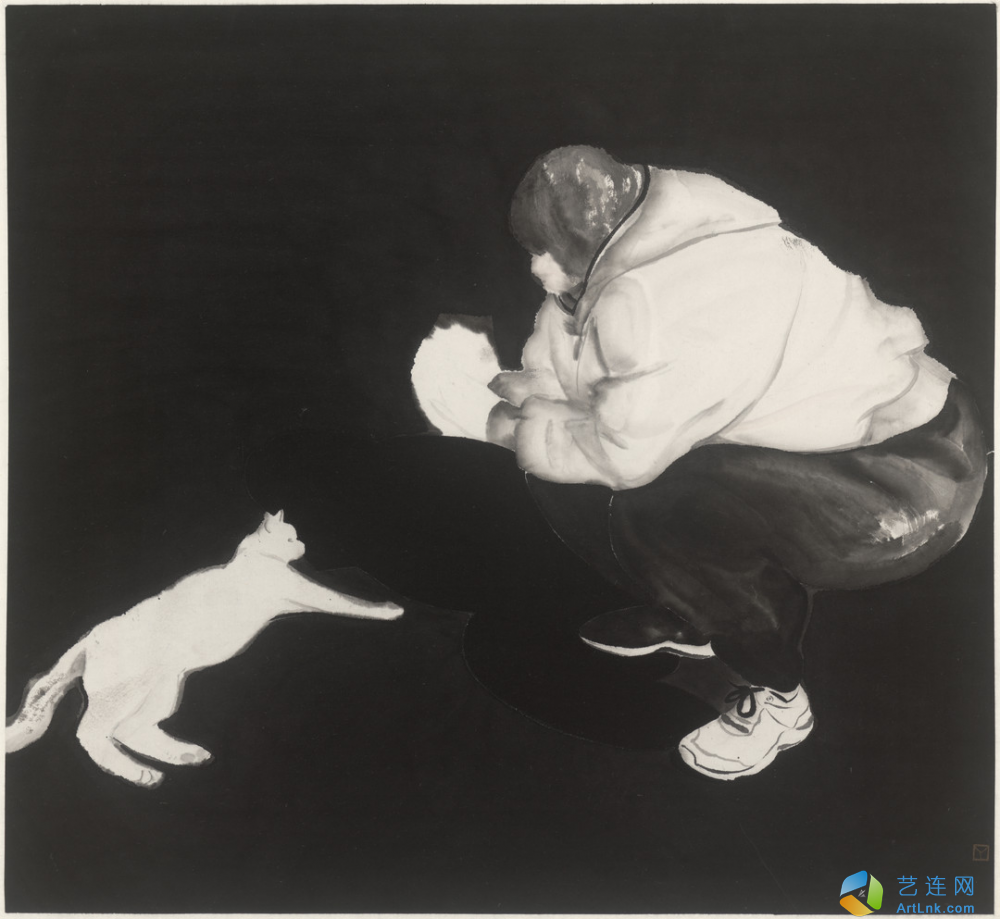
《新街1-3-2》 闫锡聪 53×48.5cm 2019年 纸本水墨
-
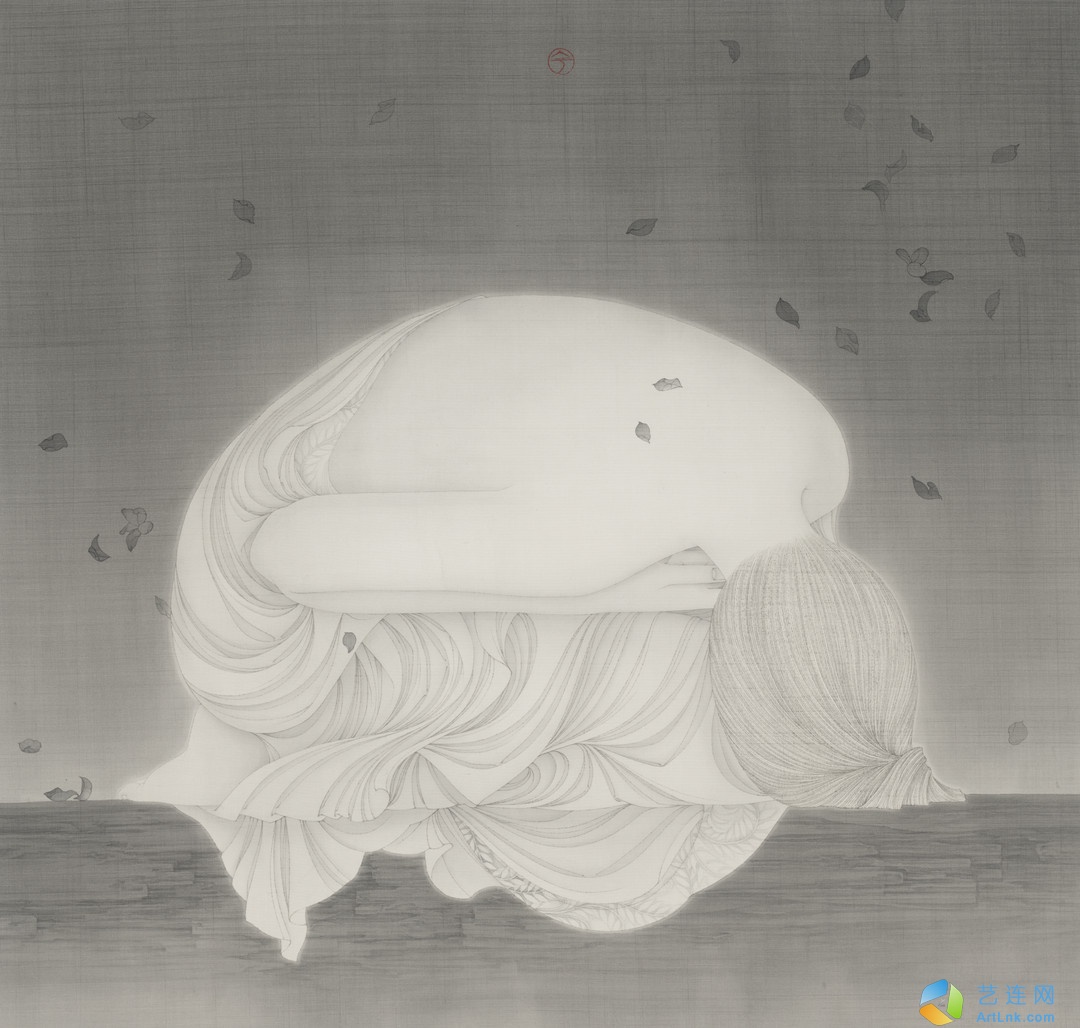
《桃花落东风之一》 杨宇 65.5×68cm 2017年 绢本水墨
-
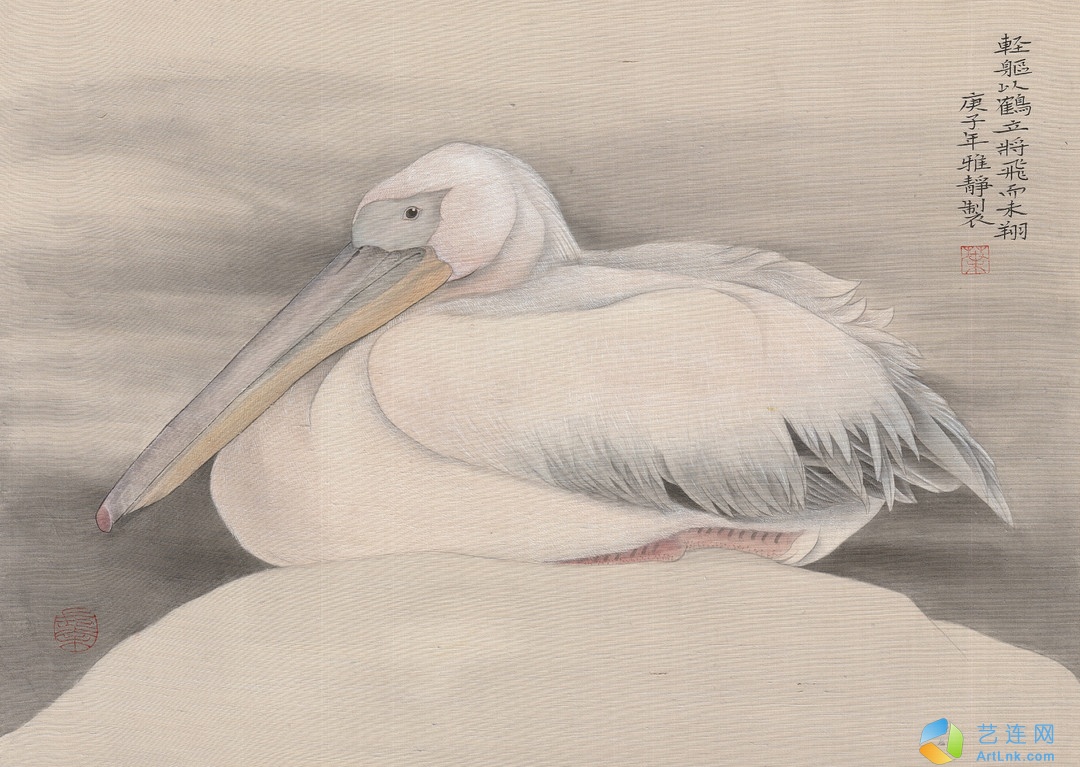
《将飞未翔》 叶雅静 85×60cm 2020年 绢本水墨设色
-
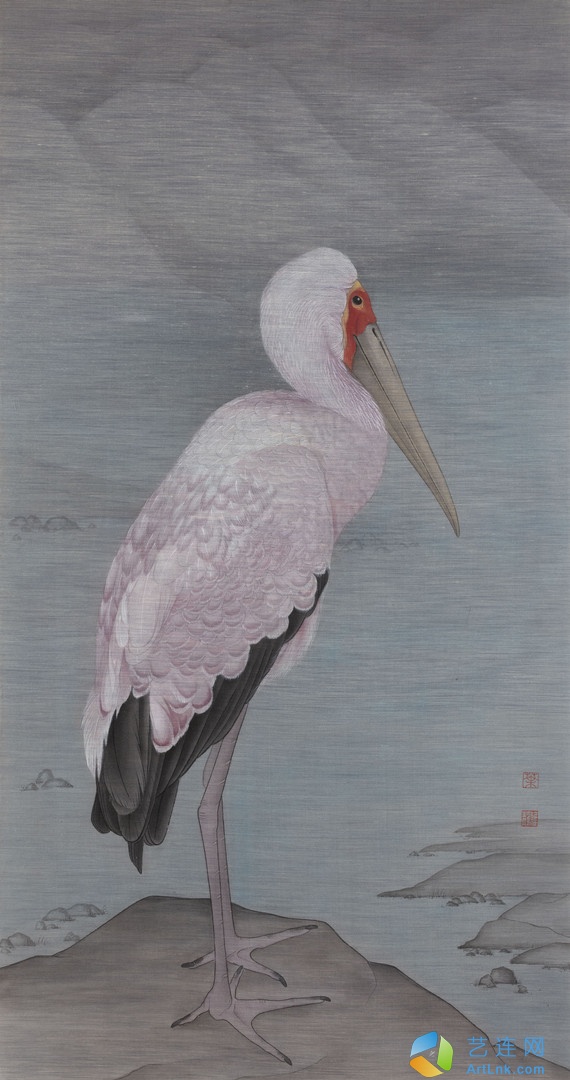
《轻躯鹤立》 叶雅静 120×60cm 2020年 绢本水墨设色
-
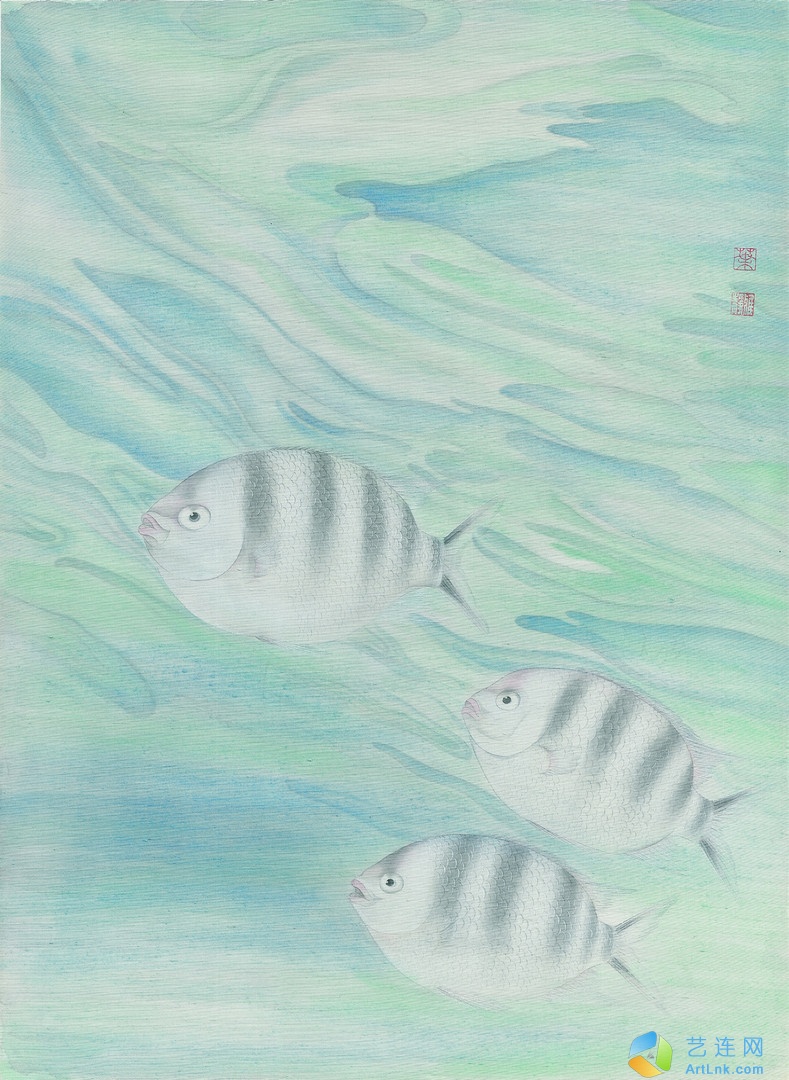
《群采明珠》 叶雅静 105×60cm 2020年 绢本水墨设色
-
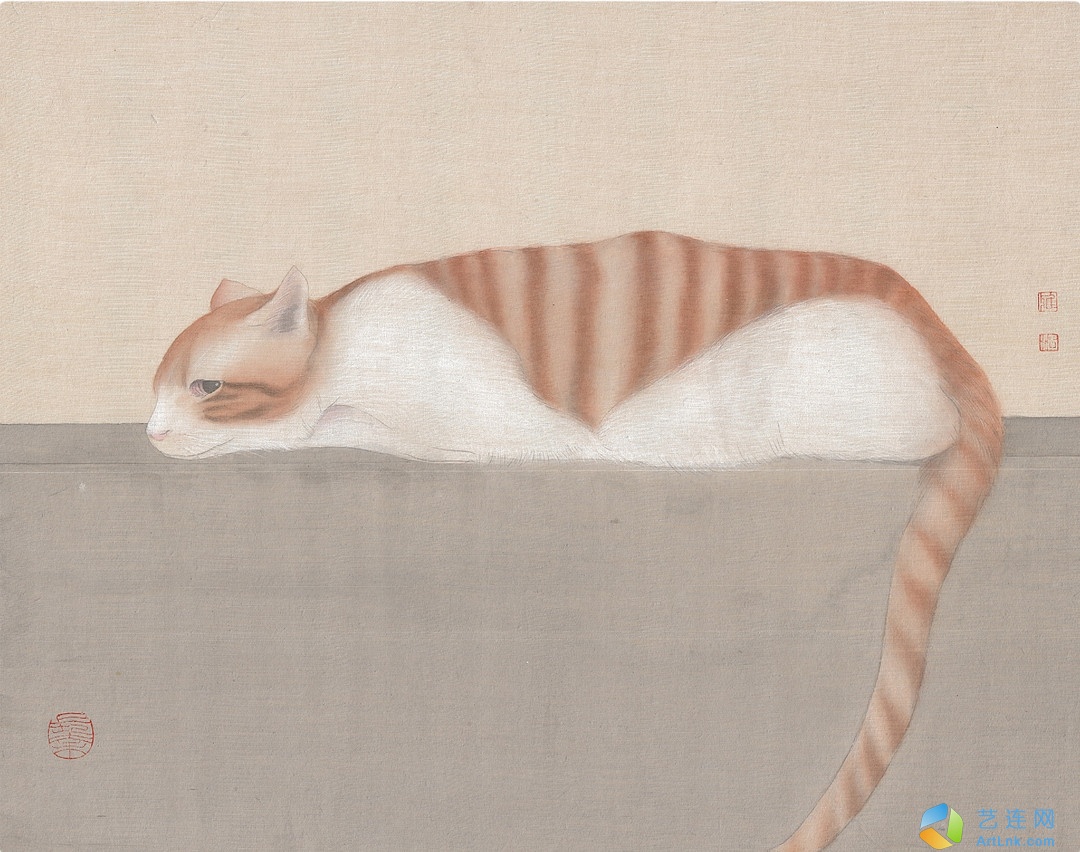
《神光离合》 叶雅静 55×65cm 2020年 绢本水墨设色
-
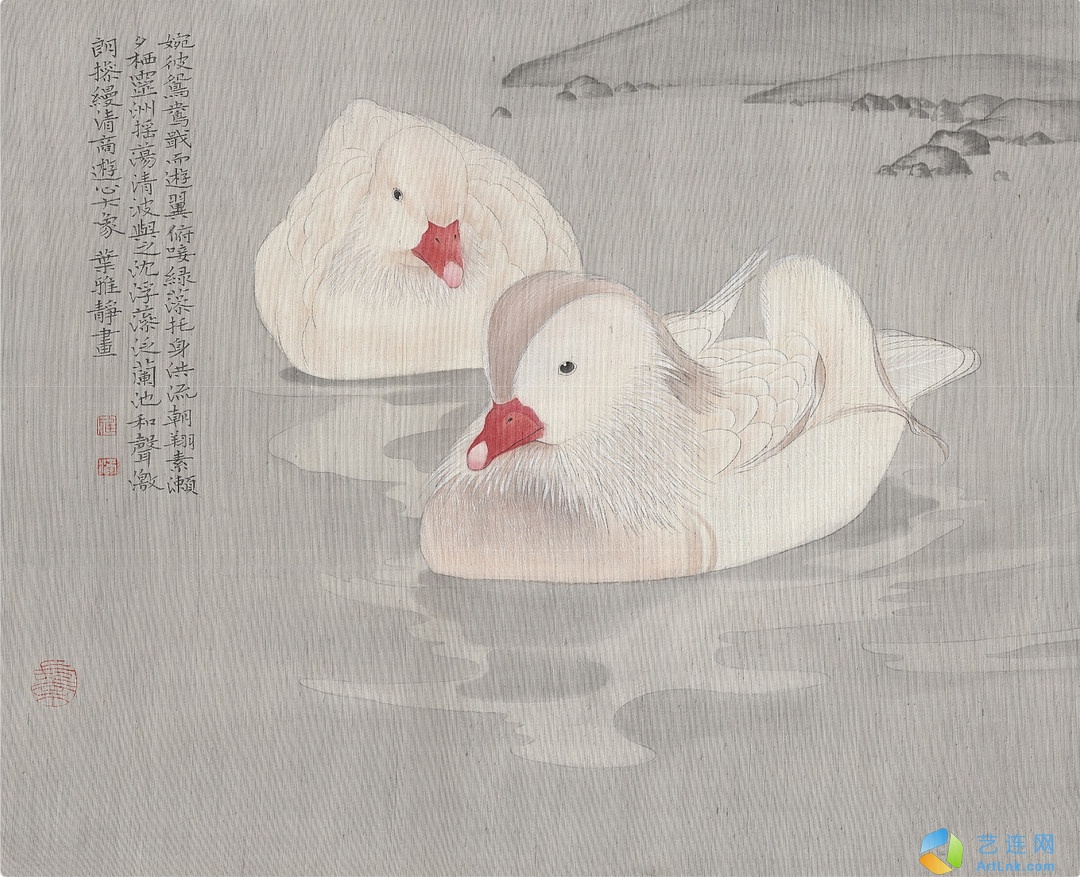
《双拾白羽》 叶雅静 55×65cm 2020年 绢本水墨设色
-
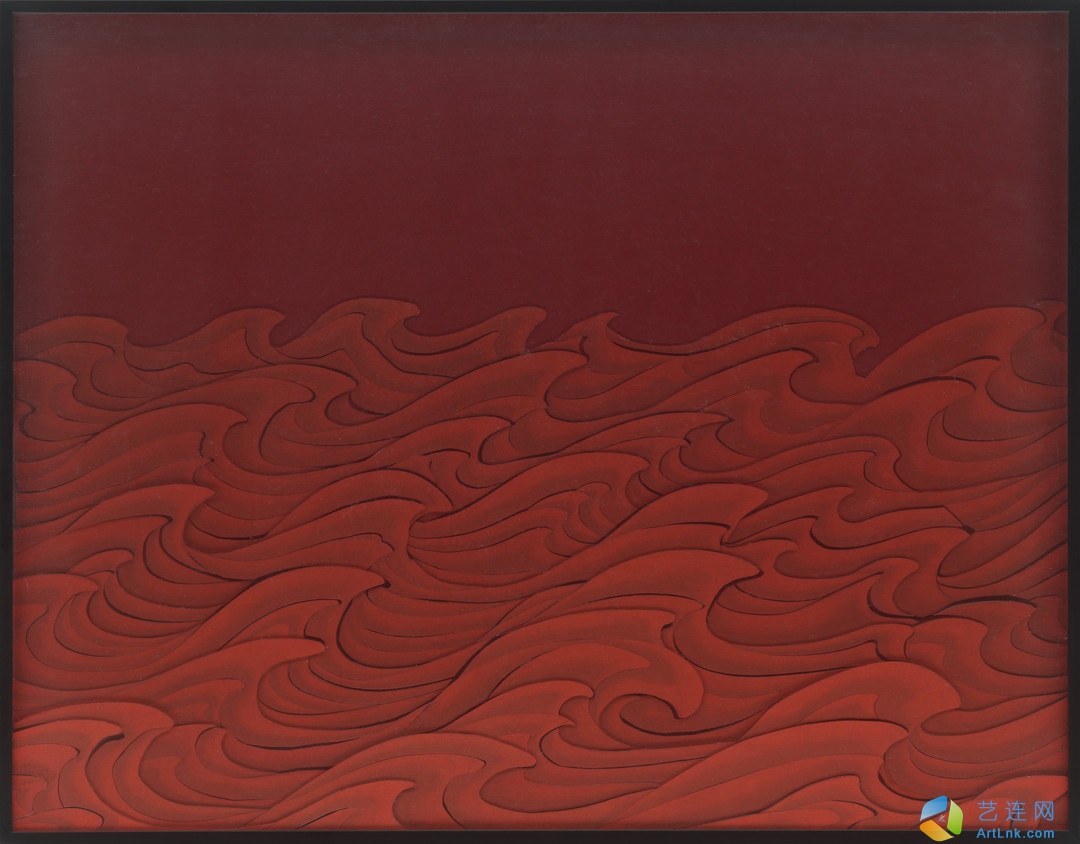
《水的双关之五》 于瑜 40×50cm 2018年 纸本设色、亚克力
-
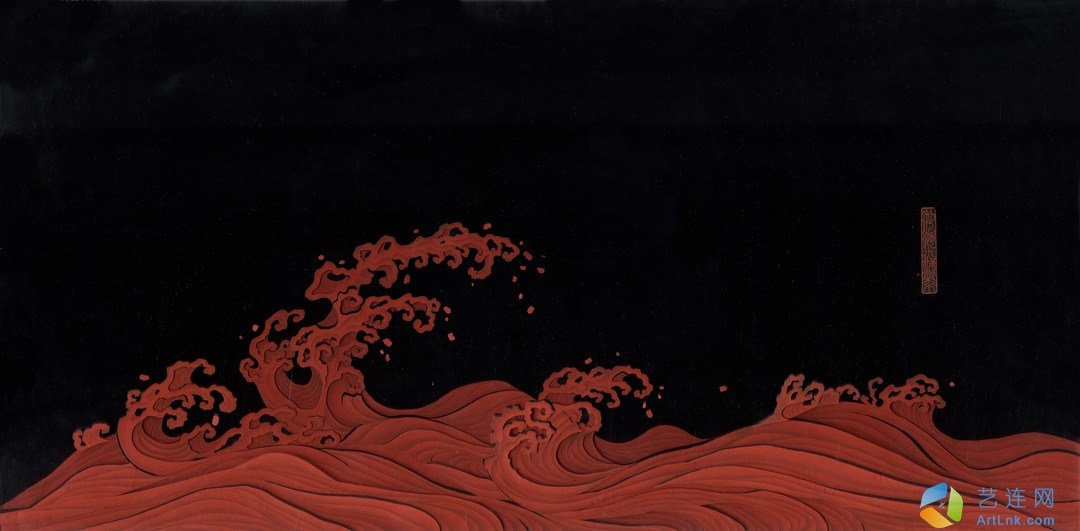
《一次寓意的双向调用》 于瑜 65×135cm 2017年 纸本设色、亚克力
-
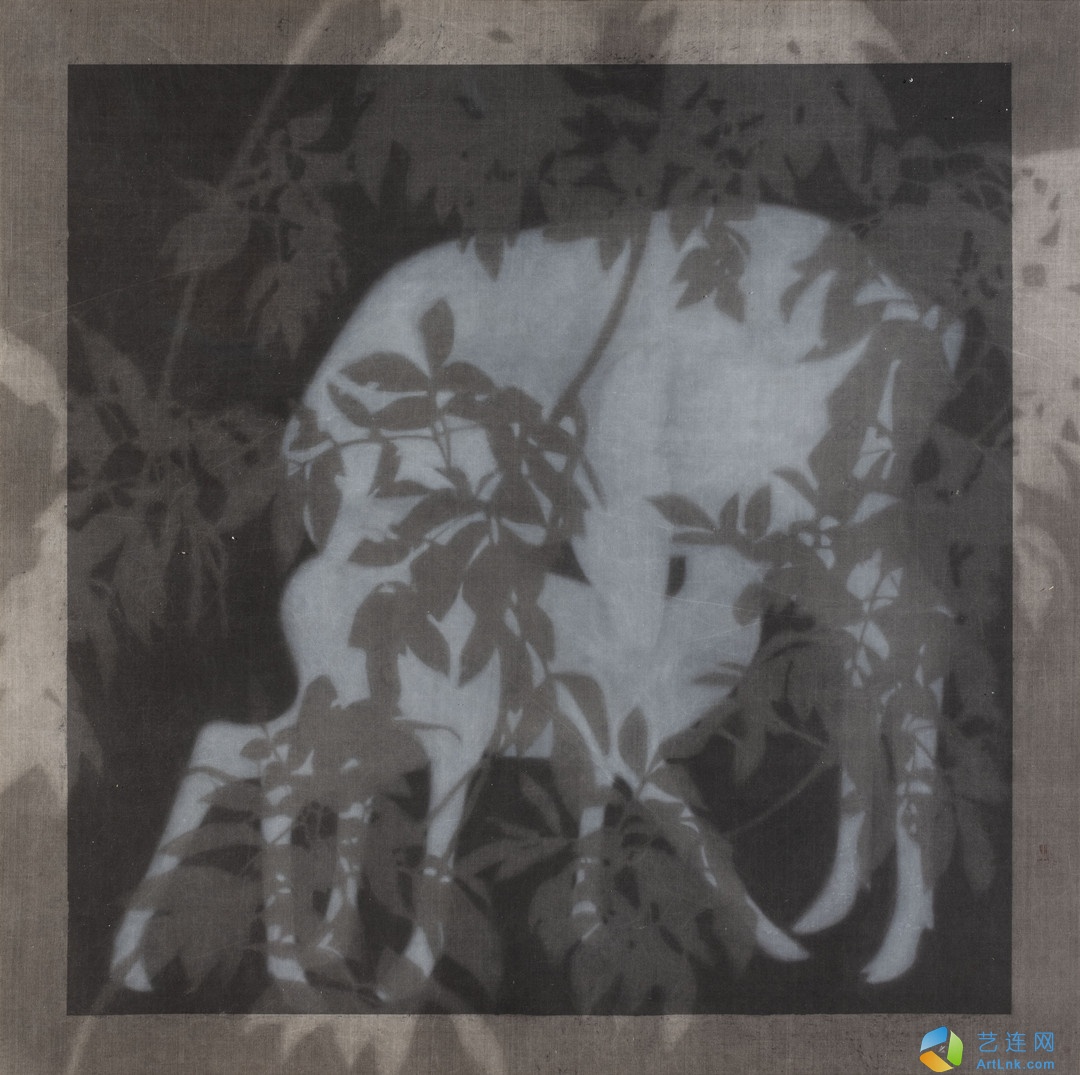
《母子鹿》 赵鹏 80×80cm 2020年 绢本水墨设色
-
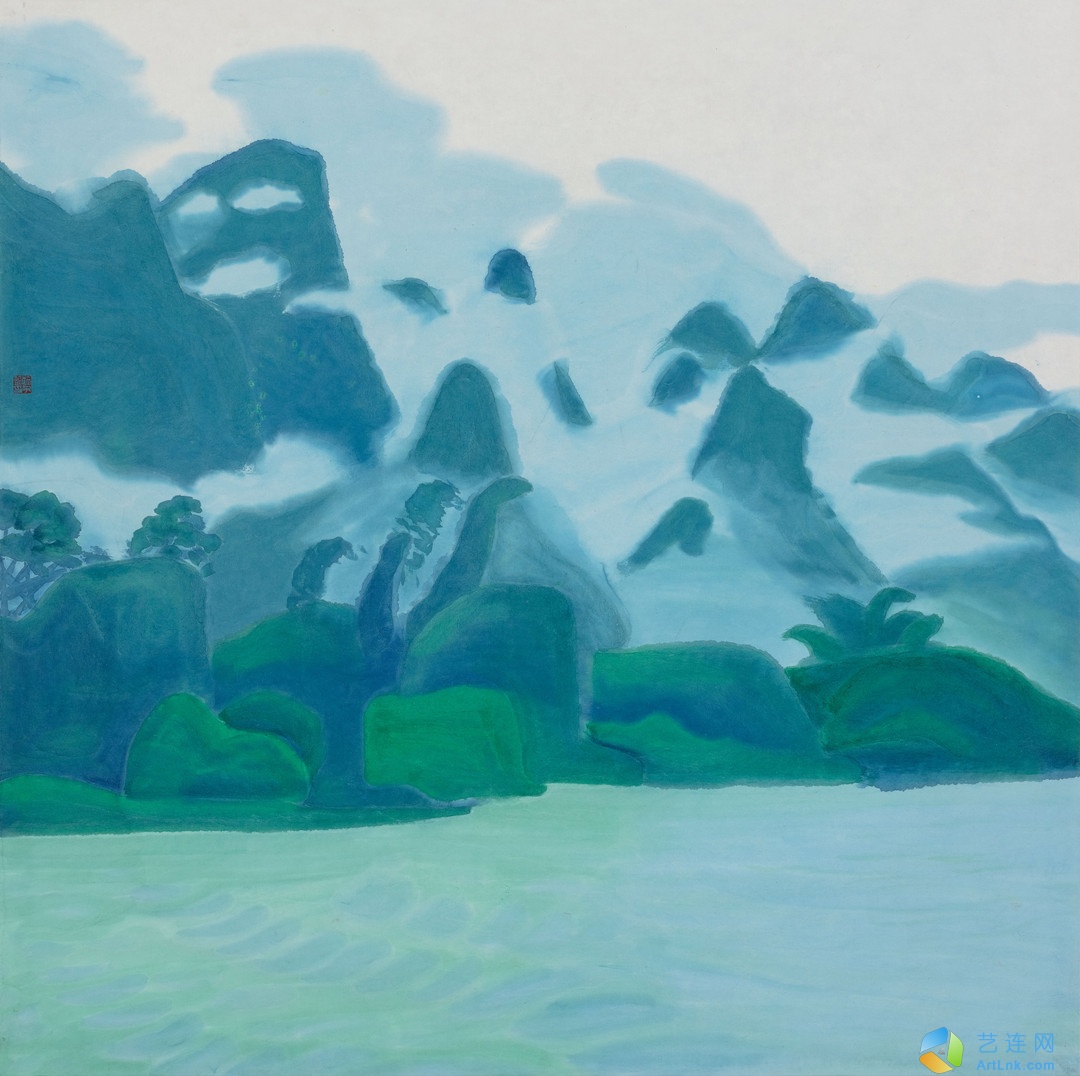
《夏至》 赵子鉴 68×68cm 2018年 纸本水墨设色
-
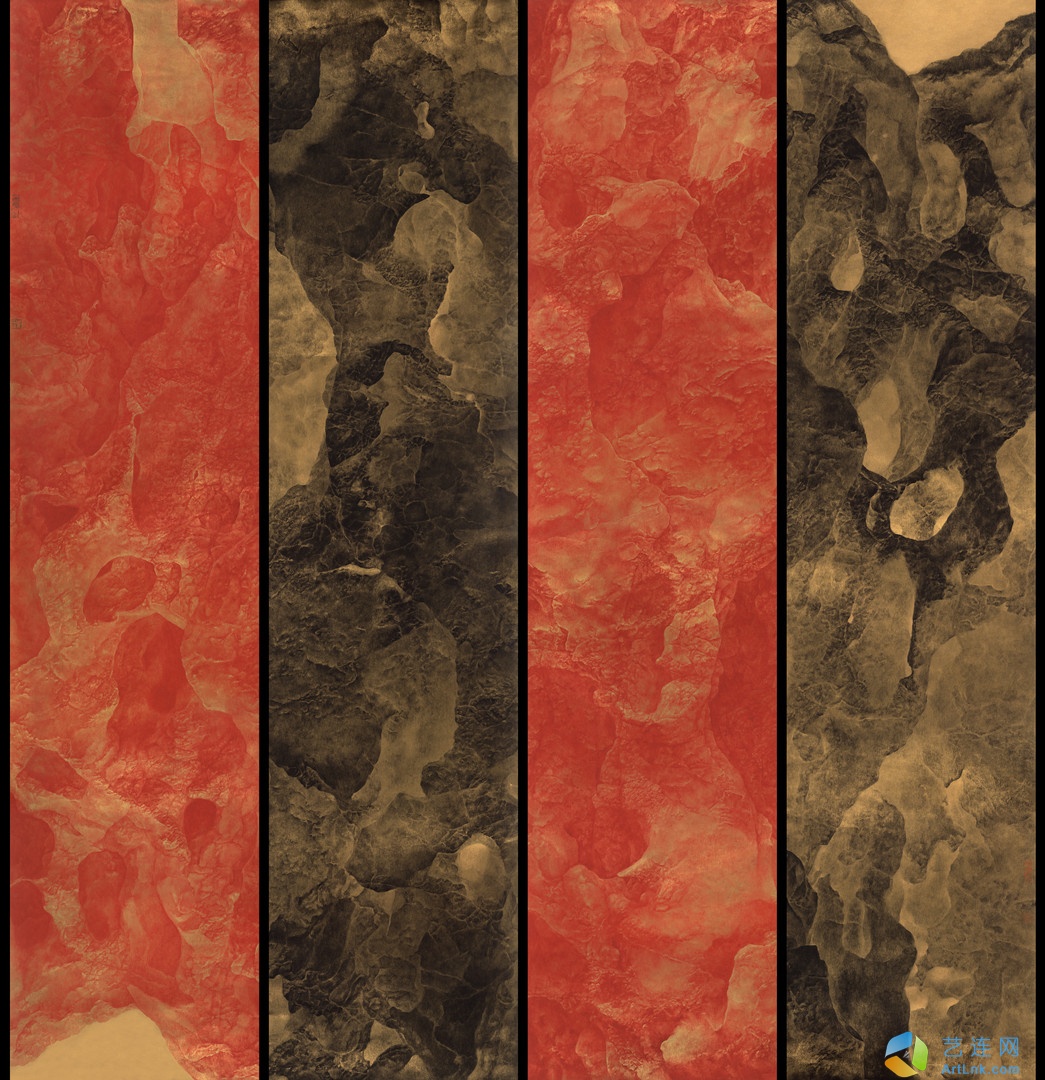
《无双20.11》 周名德 221×50.5cm×4 2020年 金笺水墨设色
-
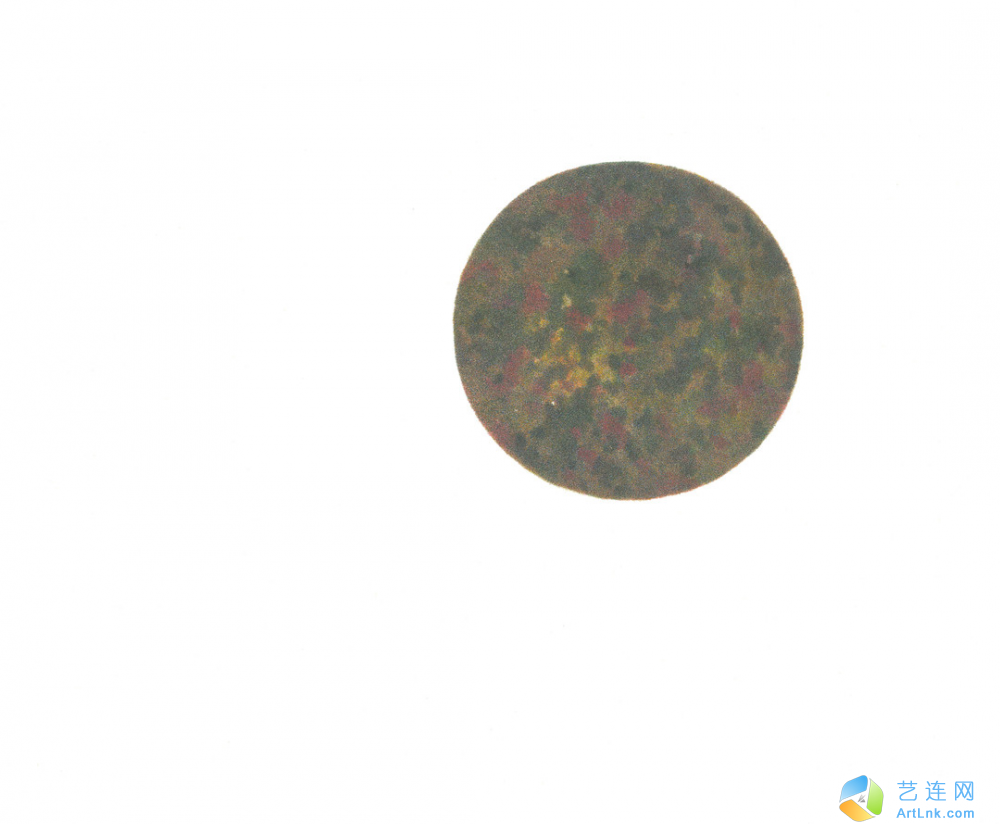
《星球1》 庄颖 35×45cm 2018年 纸本水墨设色
-
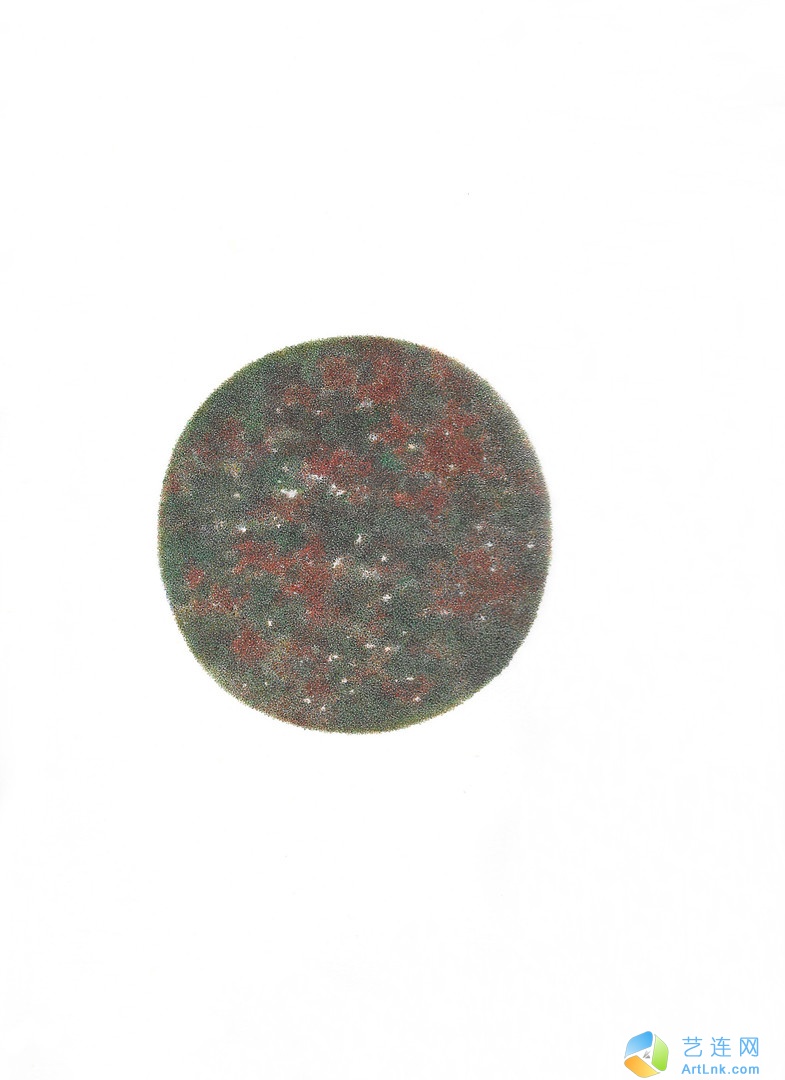
《星球2》 庄颖 40×30cm 2018年 纸本水墨设色
注:本页面上发表的所有内容原自网络,均为原作者的观点,不代表艺连网的立场,也不代表艺连网的价值判断。


